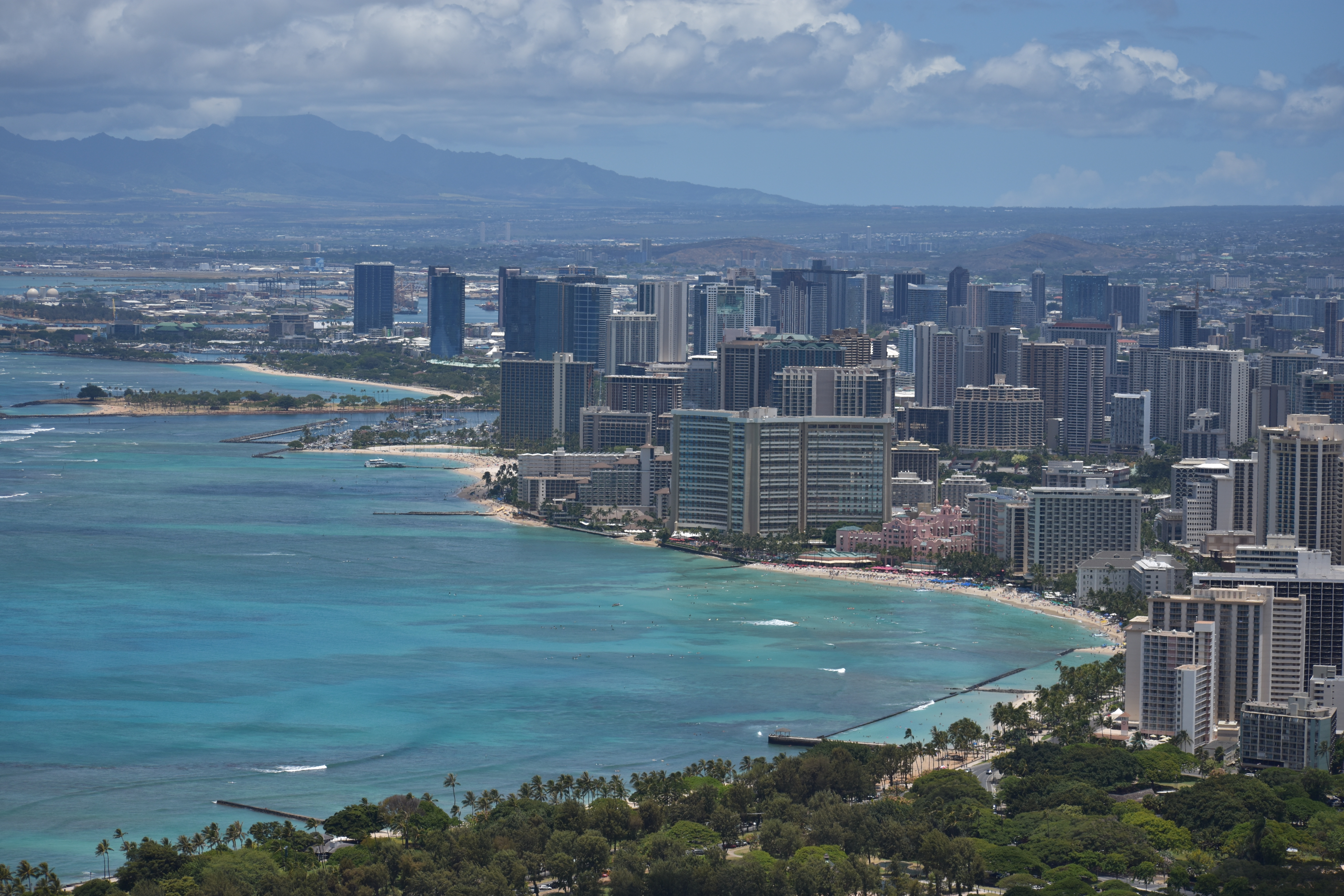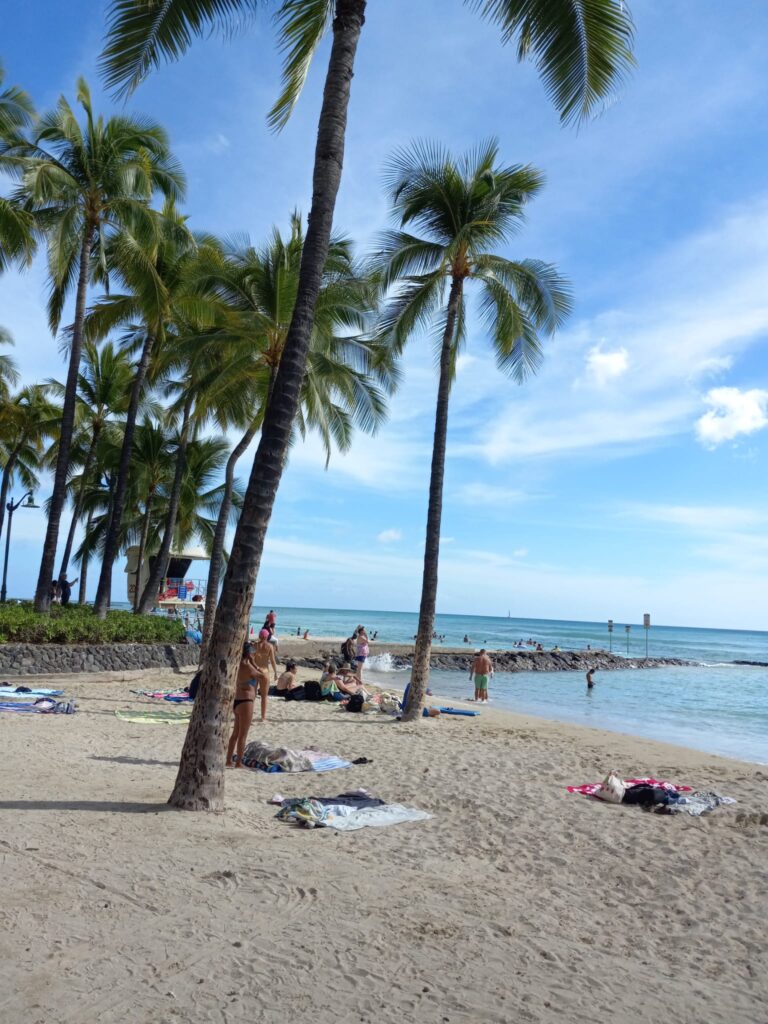
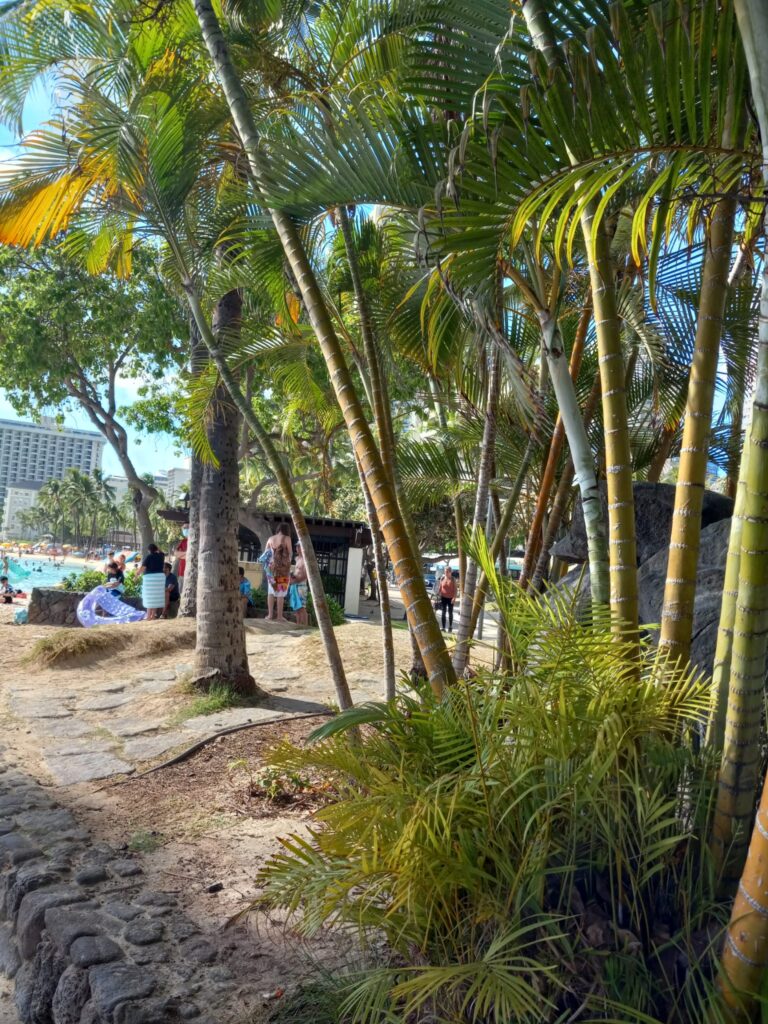
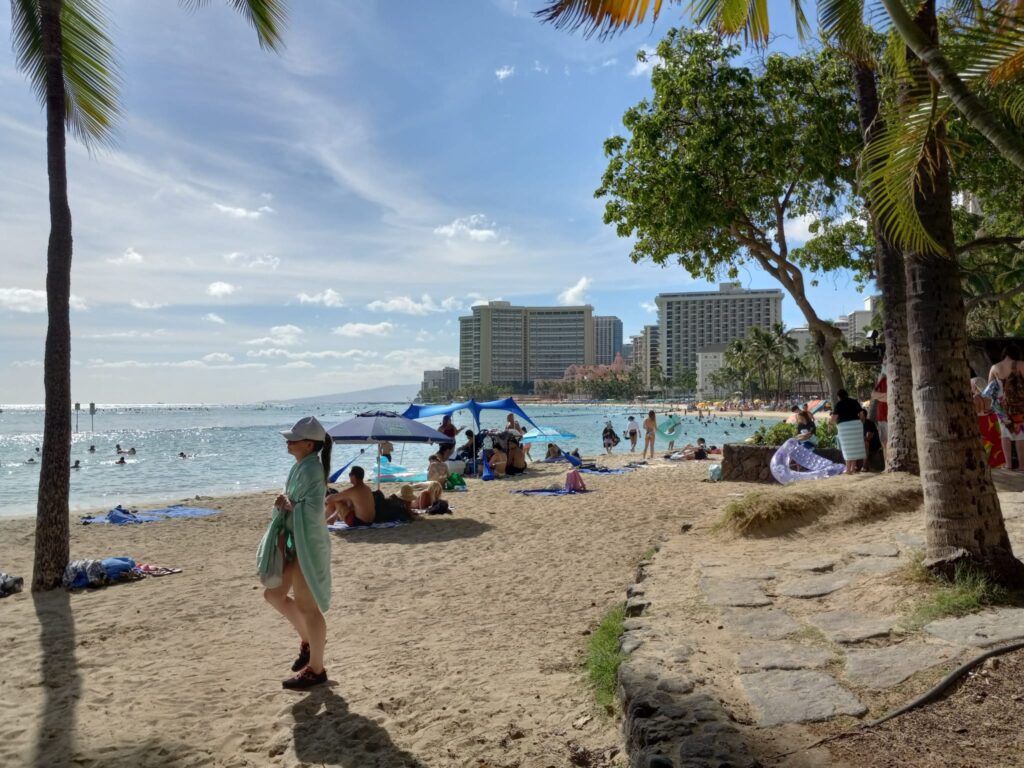
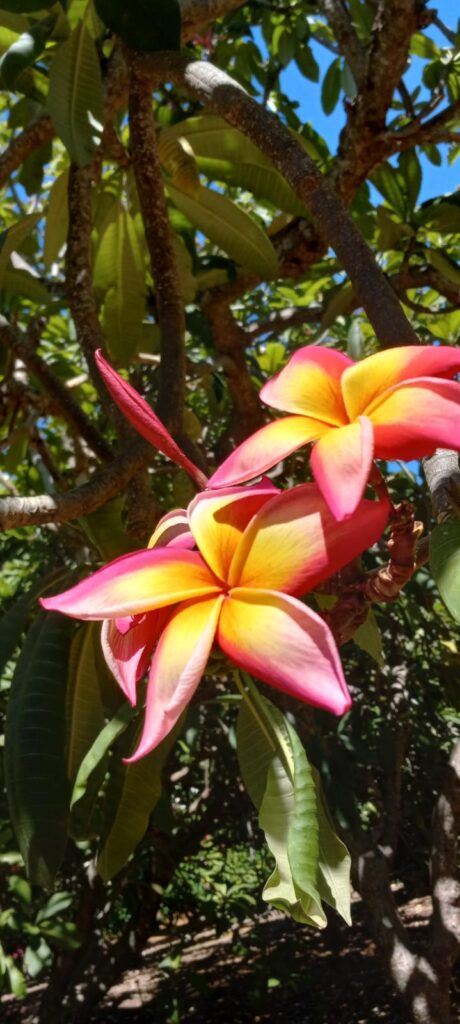
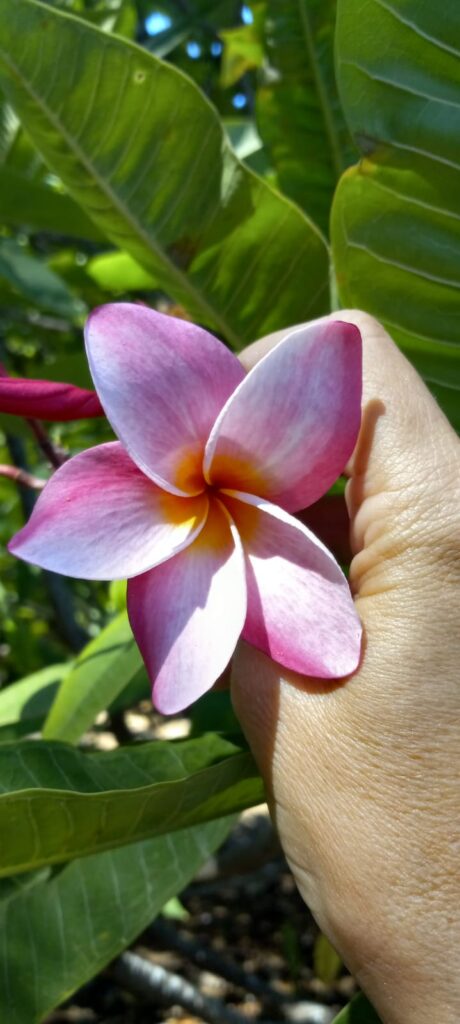
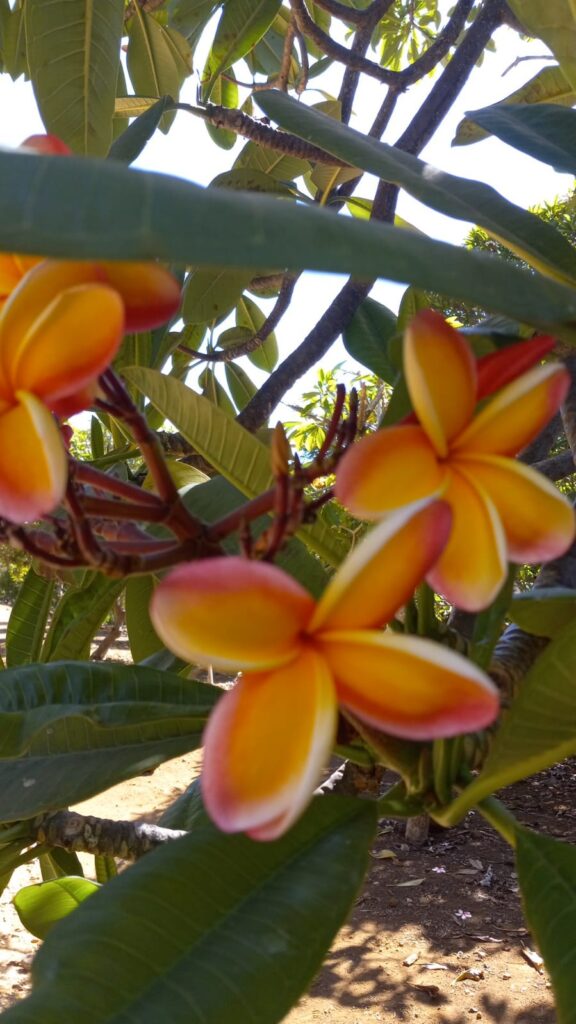
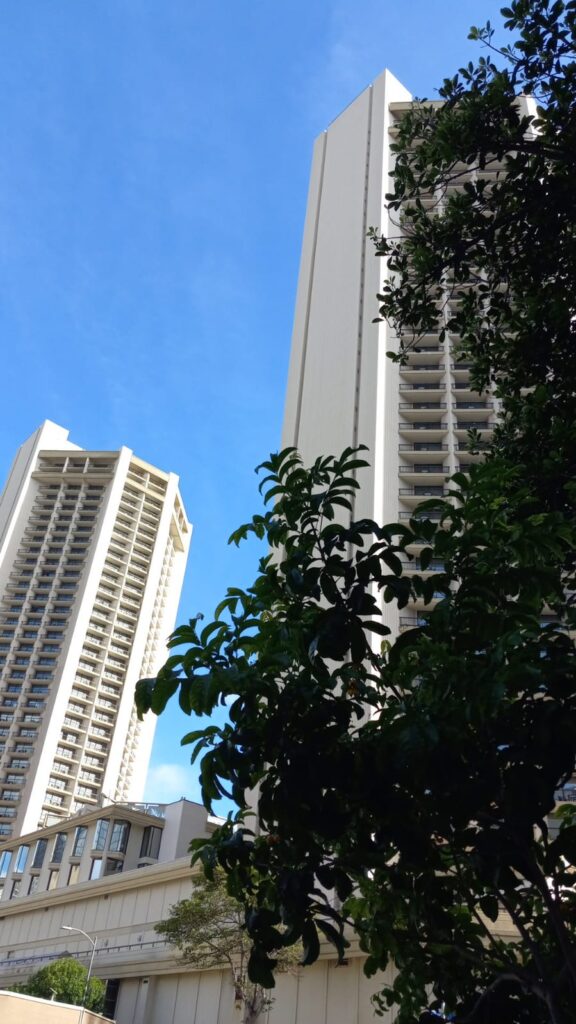
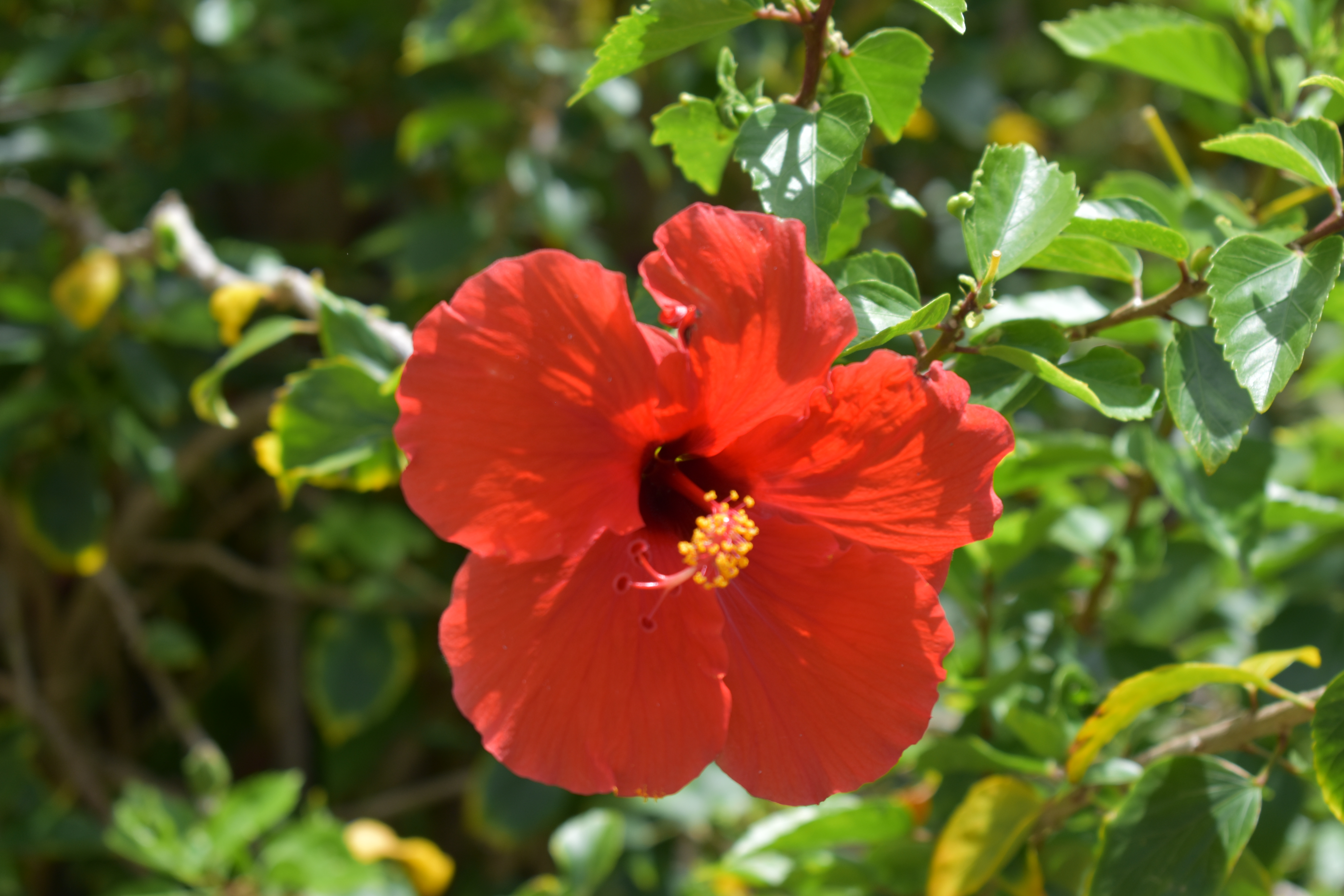
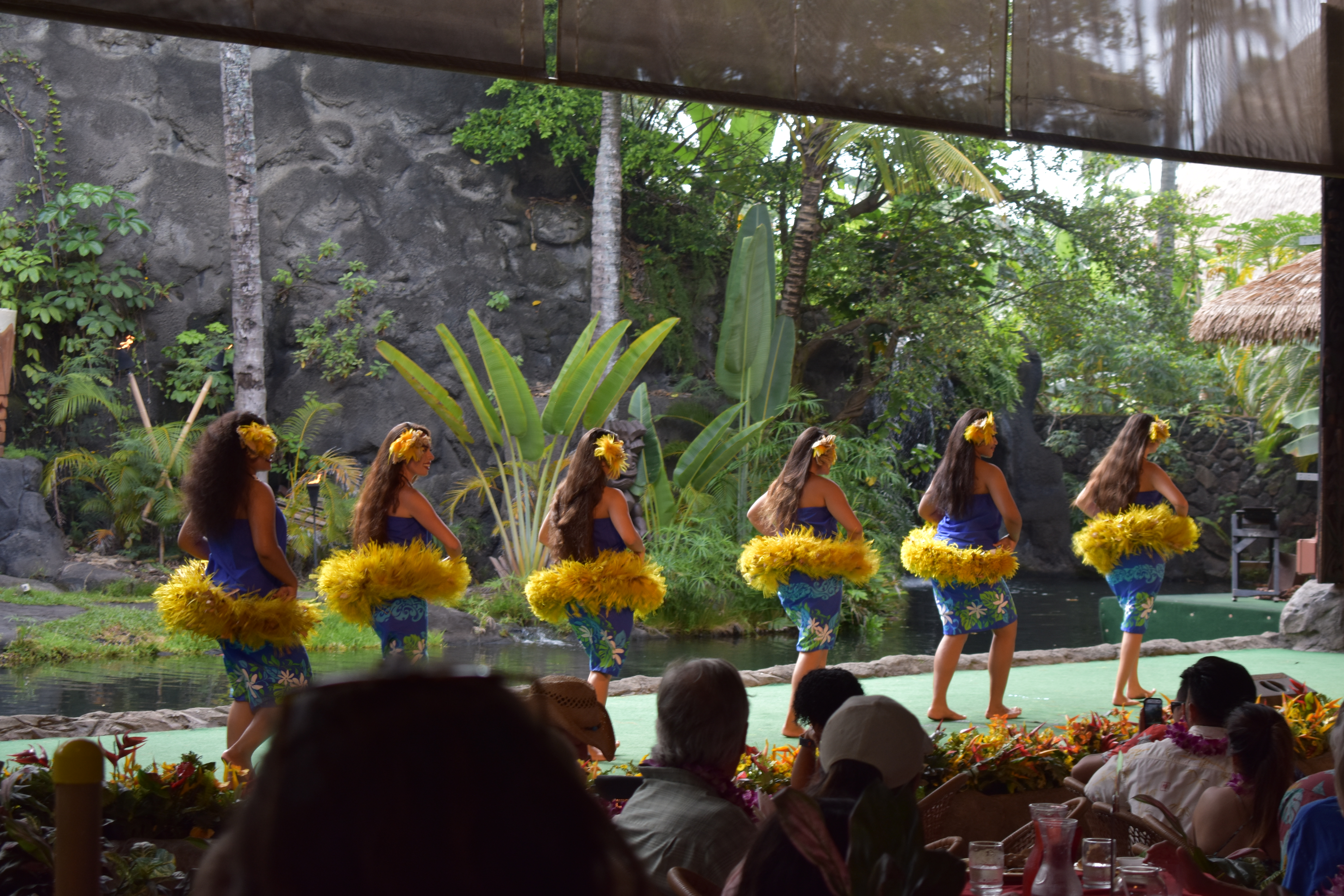
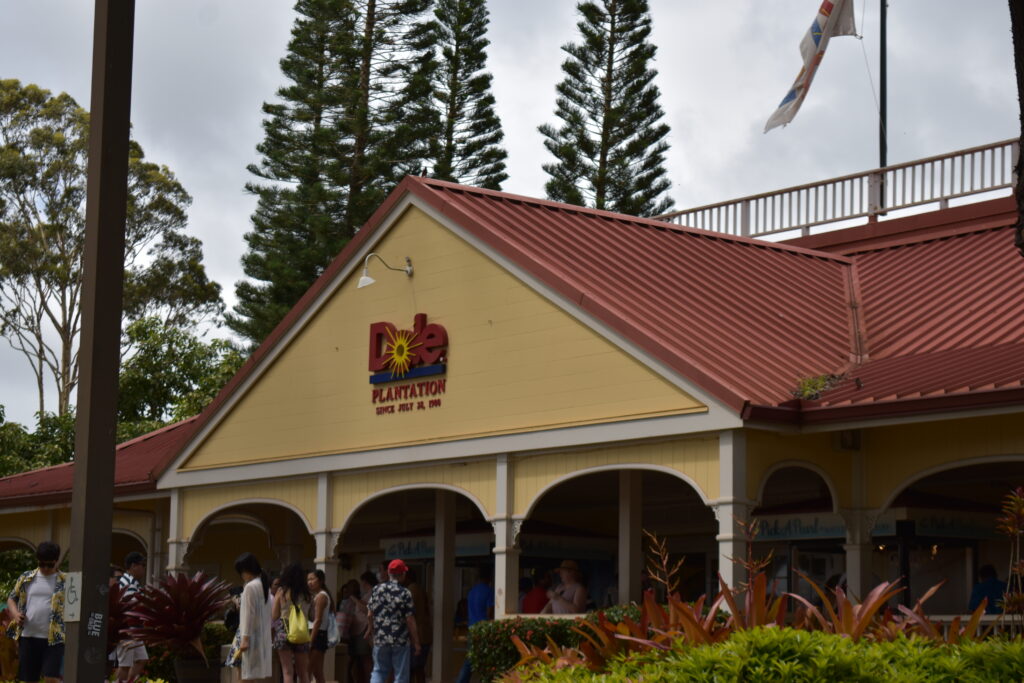
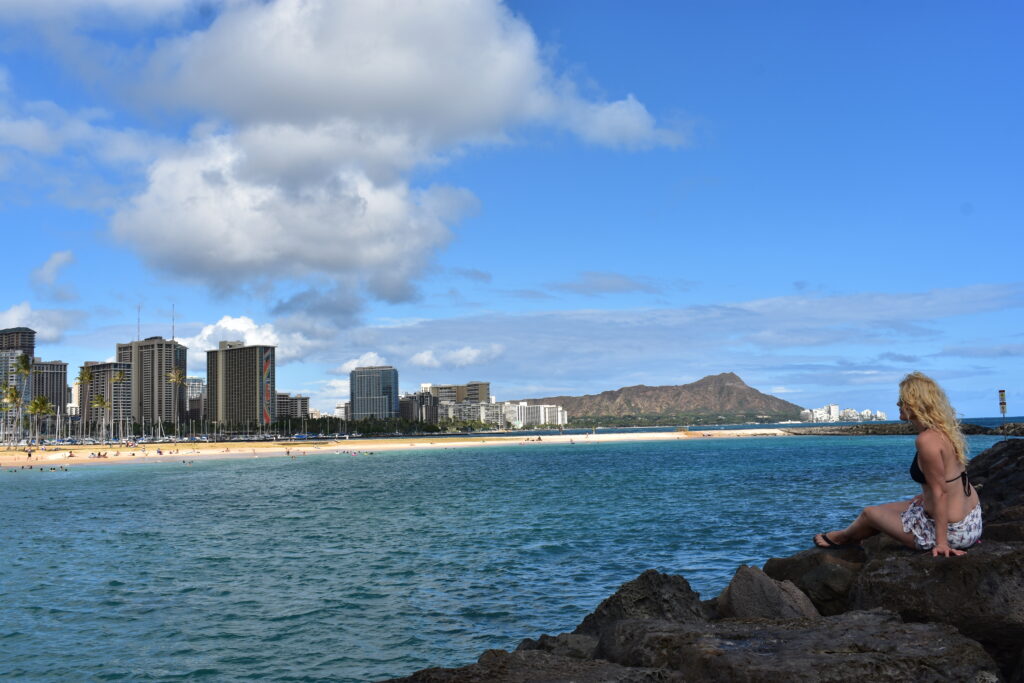

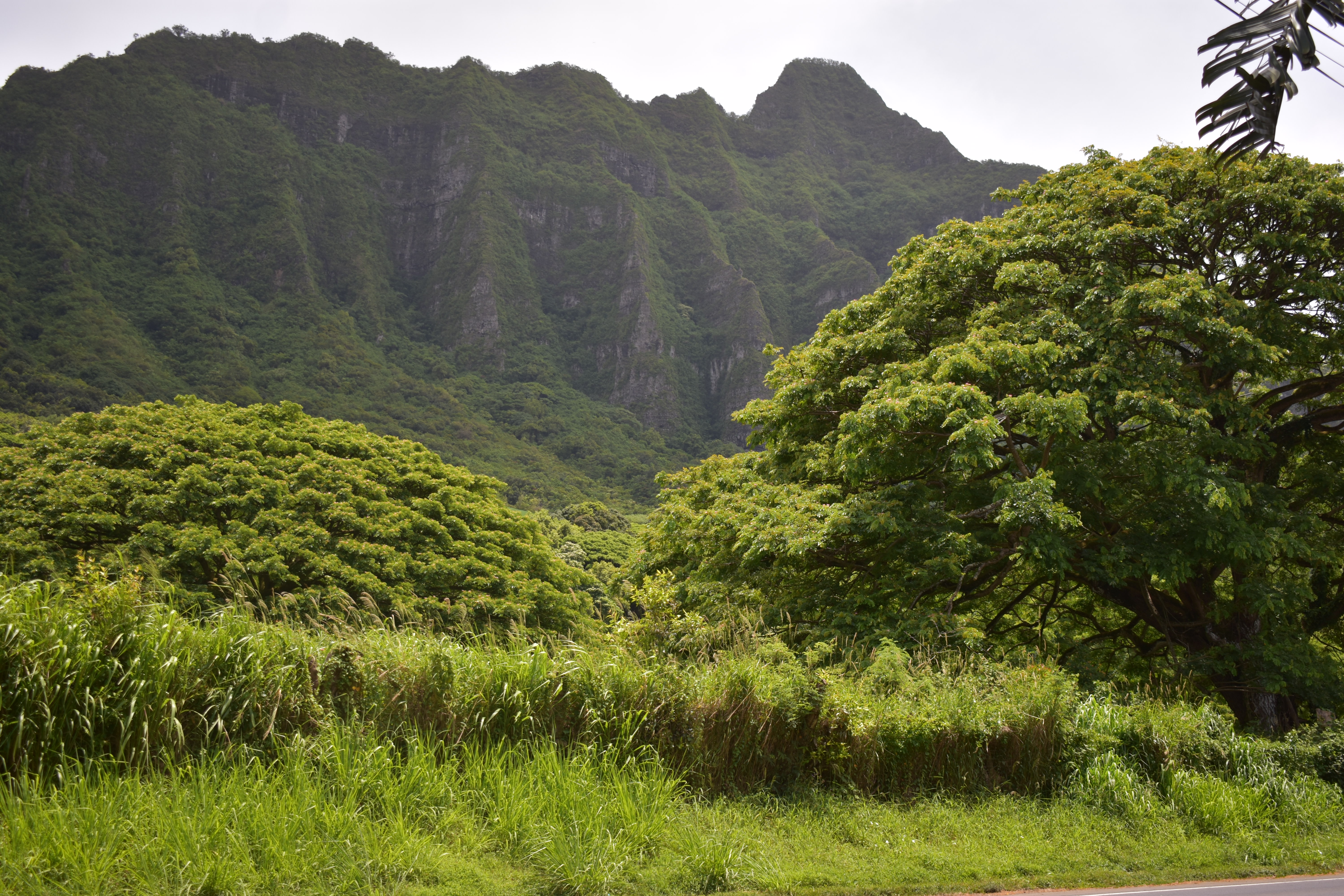
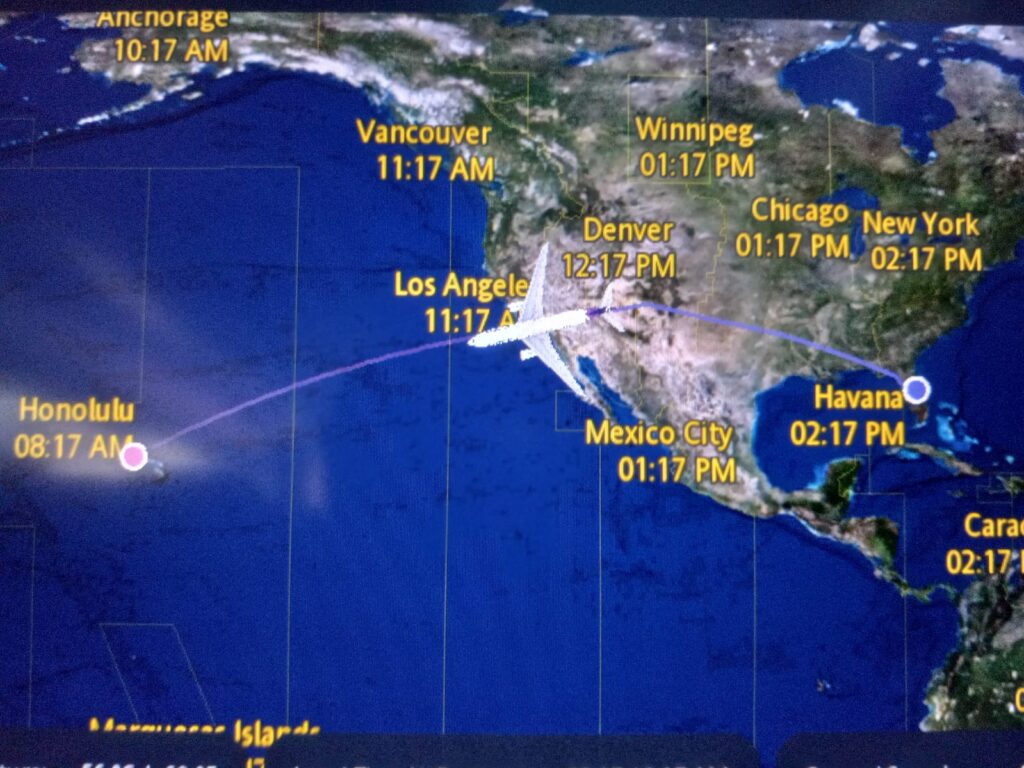
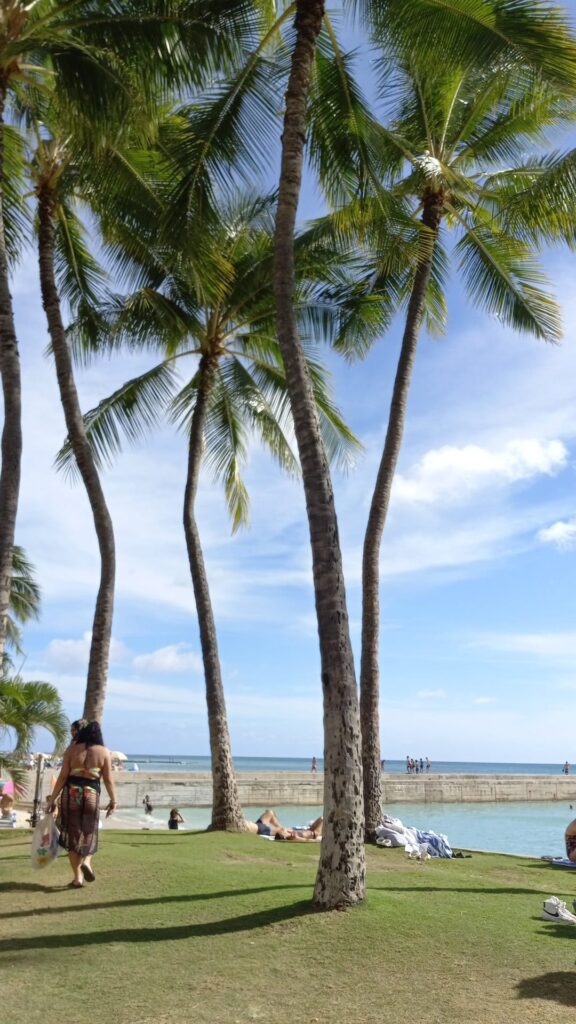
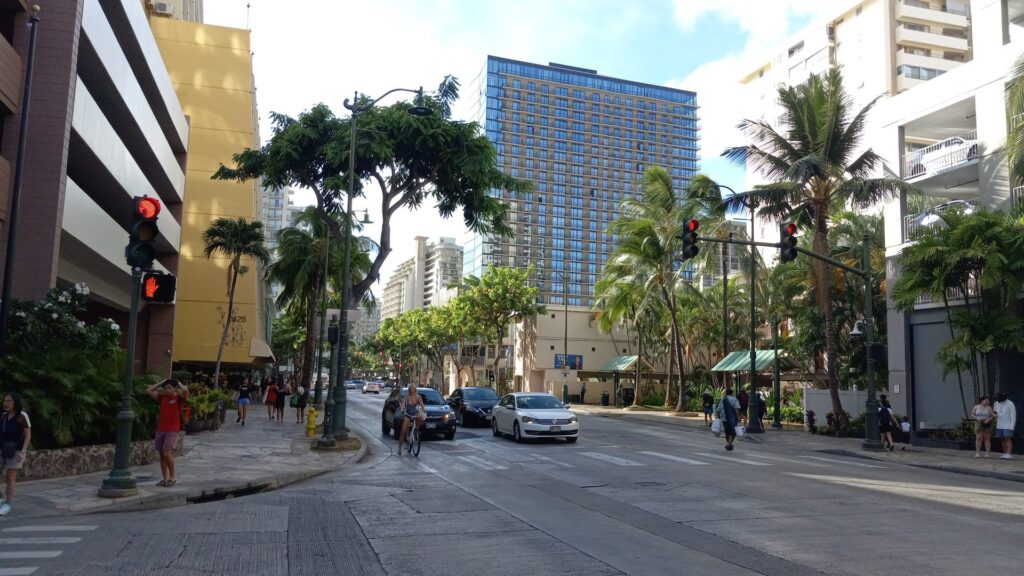

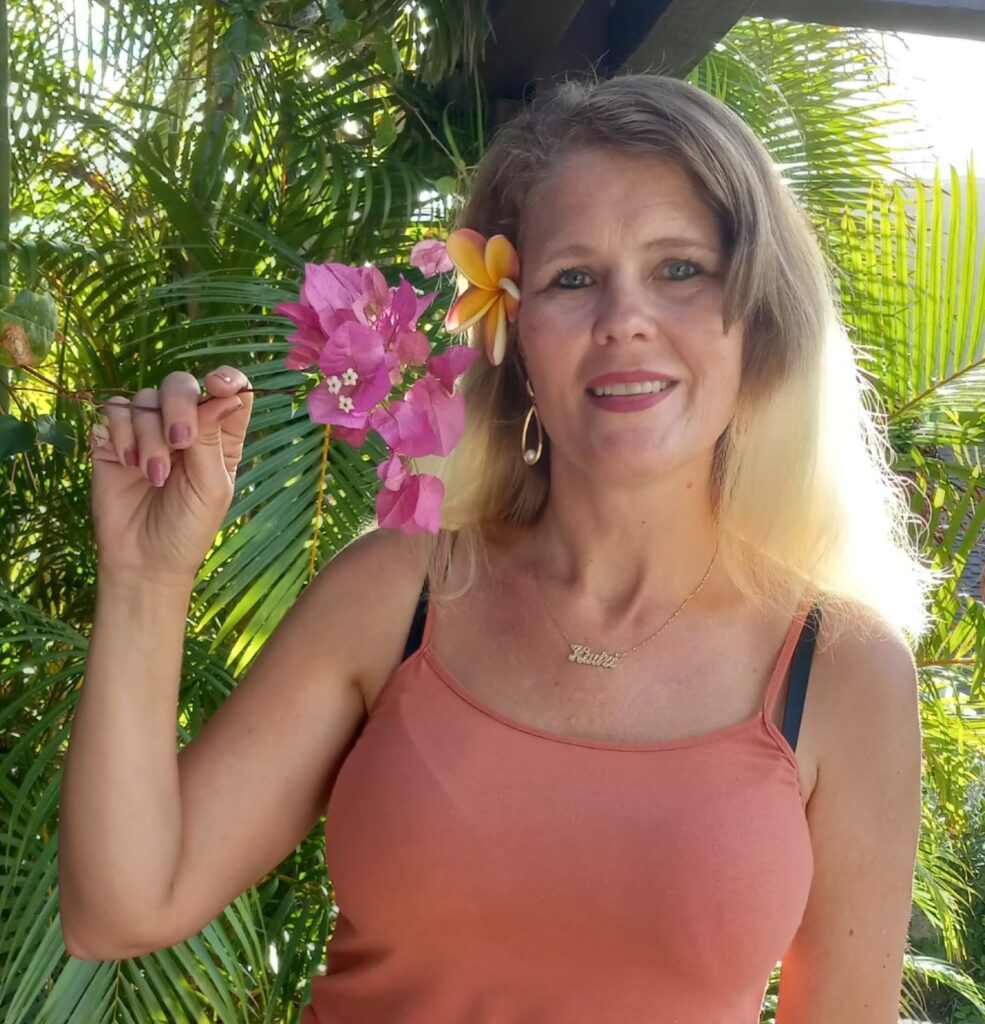
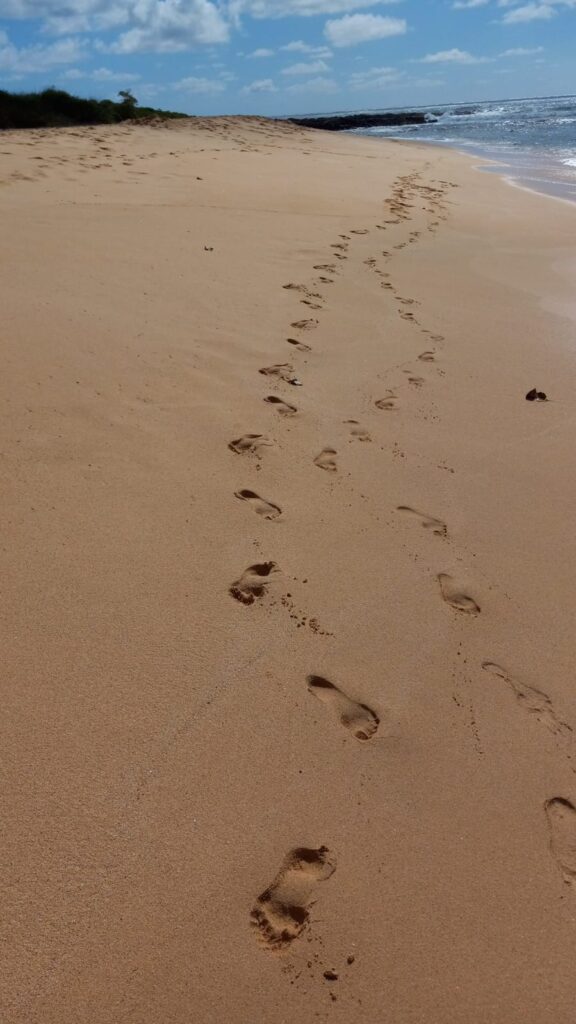
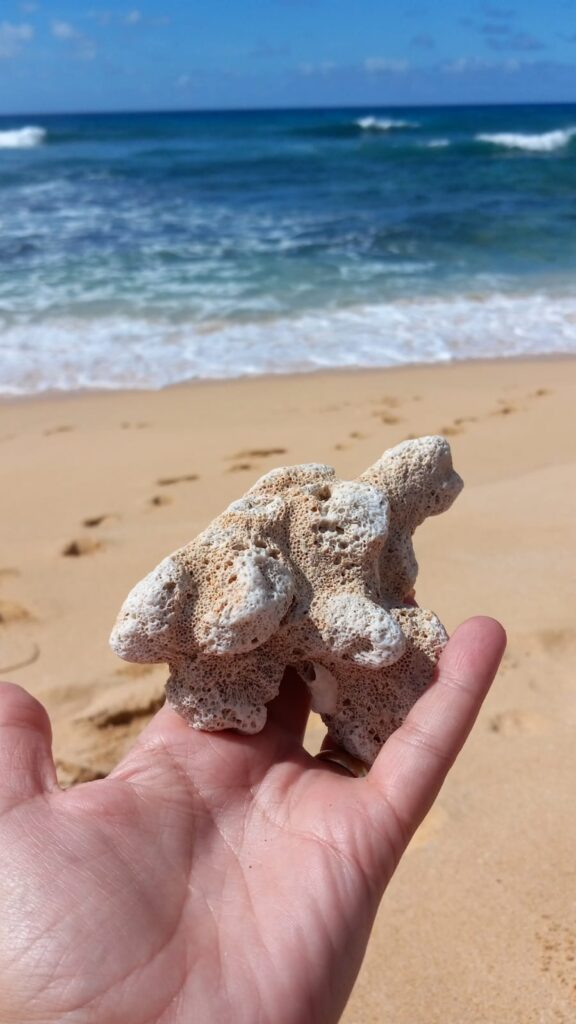
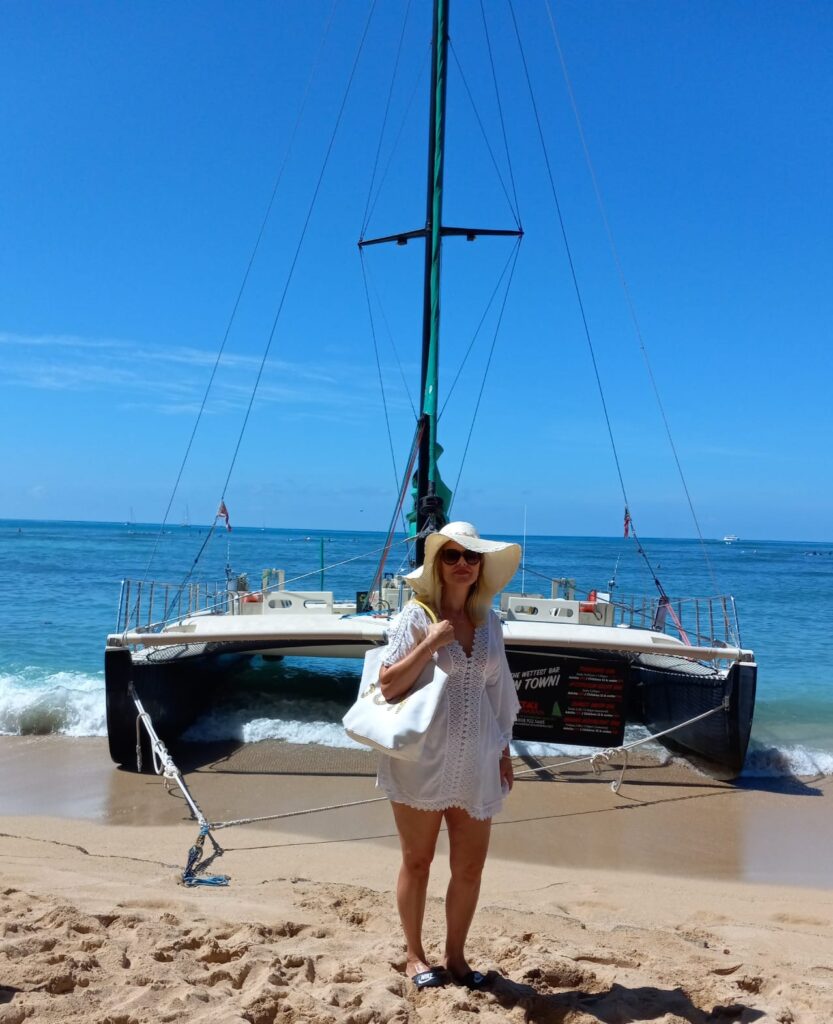
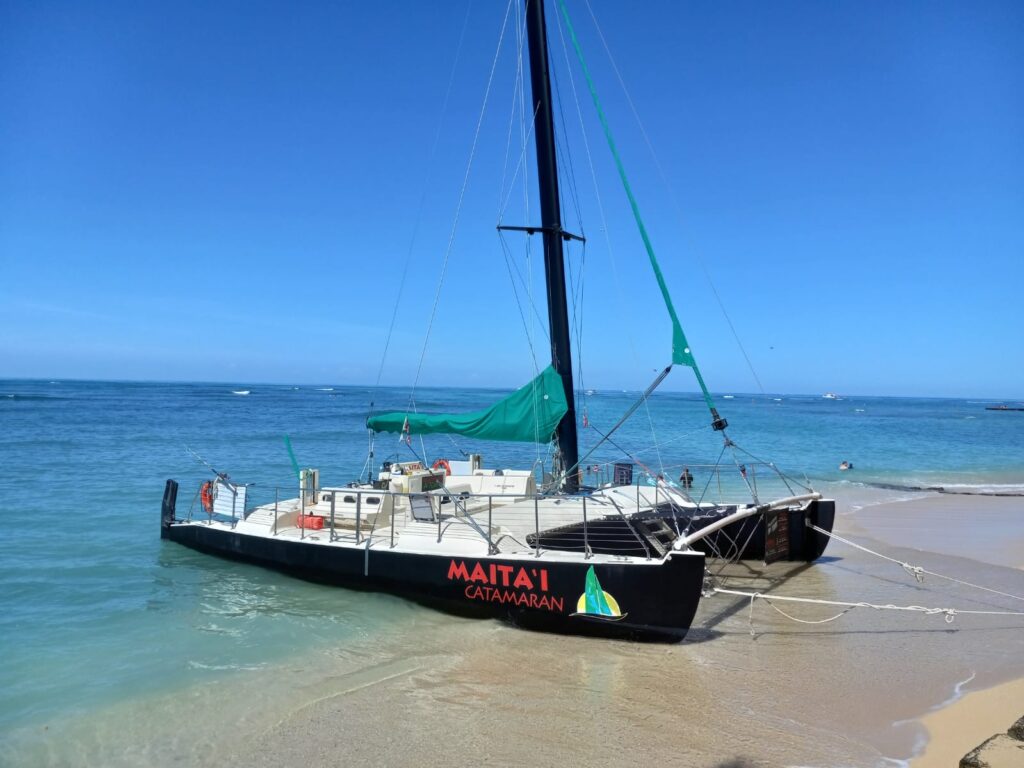
Welcome to Honolulu, a tropical paradise that captivates the heart and soul of all who visit. Nestled along the breathtaking shores of Oahu, this vibrant capital city of Hawaii beckons with its warm aloha spirit and breathtaking natural wonders. Explore the world-famous Waikiki Beach, where golden sands meet crystal-clear waters, offering a haven for surfers, sun-seekers, and dreamers alike. Immerse yourself in Honolulu’s rich cultural tapestry, where ancient traditions blend seamlessly with modern urban living. Discover the historical landmarks of Pearl Harbor and Iolani Palace, marvel at the iconic Diamond Head, and savor the tantalizing flavors of the diverse cuisine that reflects the city’s multicultural heritage. Whether you’re here to soak up the sun, embark on thrilling adventures, or simply unwind in paradise, Honolulu promises an unforgettable experience, leaving you with cherished memories that will last a lifetime. Come and let the aloha spirit embrace you in the enchanting embrace of Honolulu! I have been lucky enough to take a catamaran tour, visit famous Pineapple farm, climb Diamond head and may more activities. I have added the best ones below
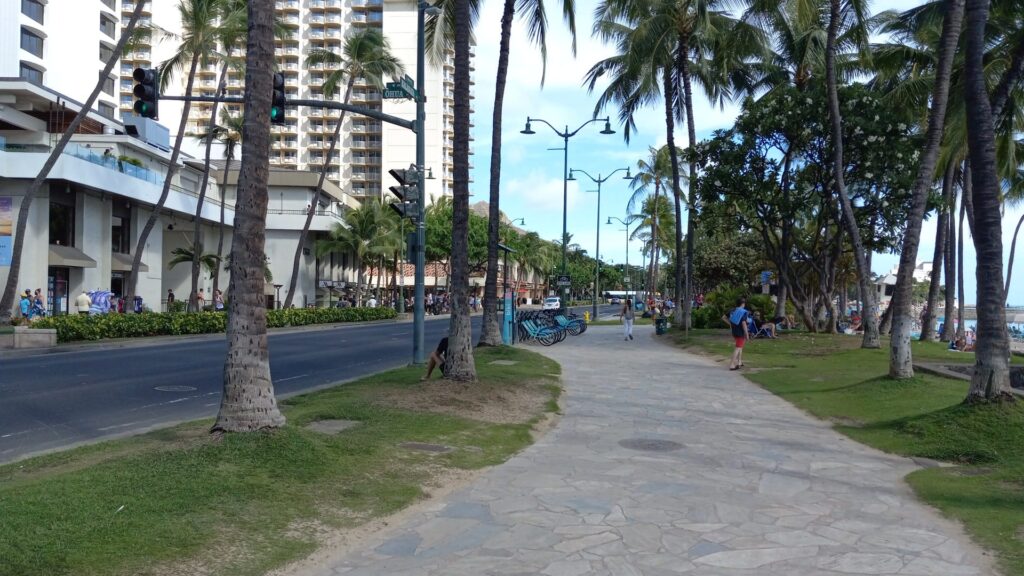
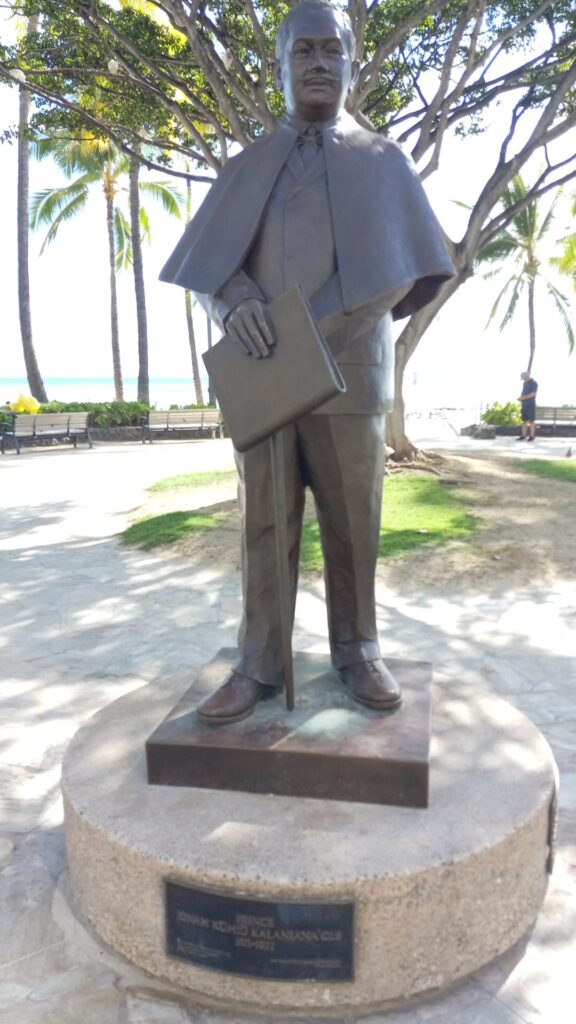
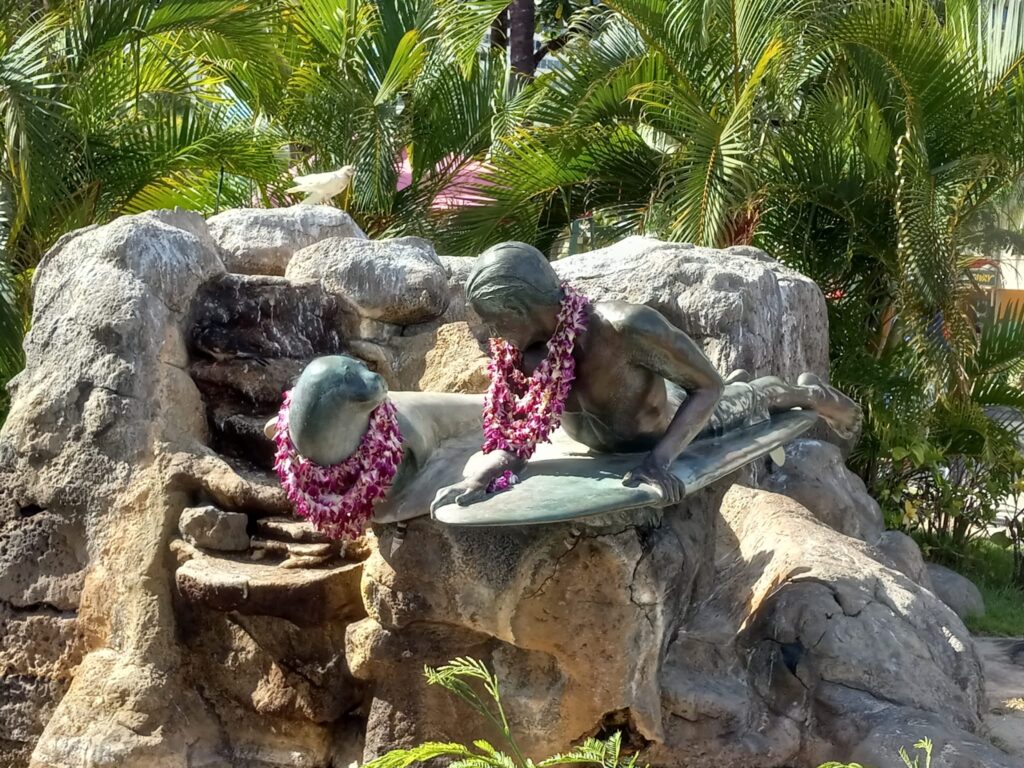
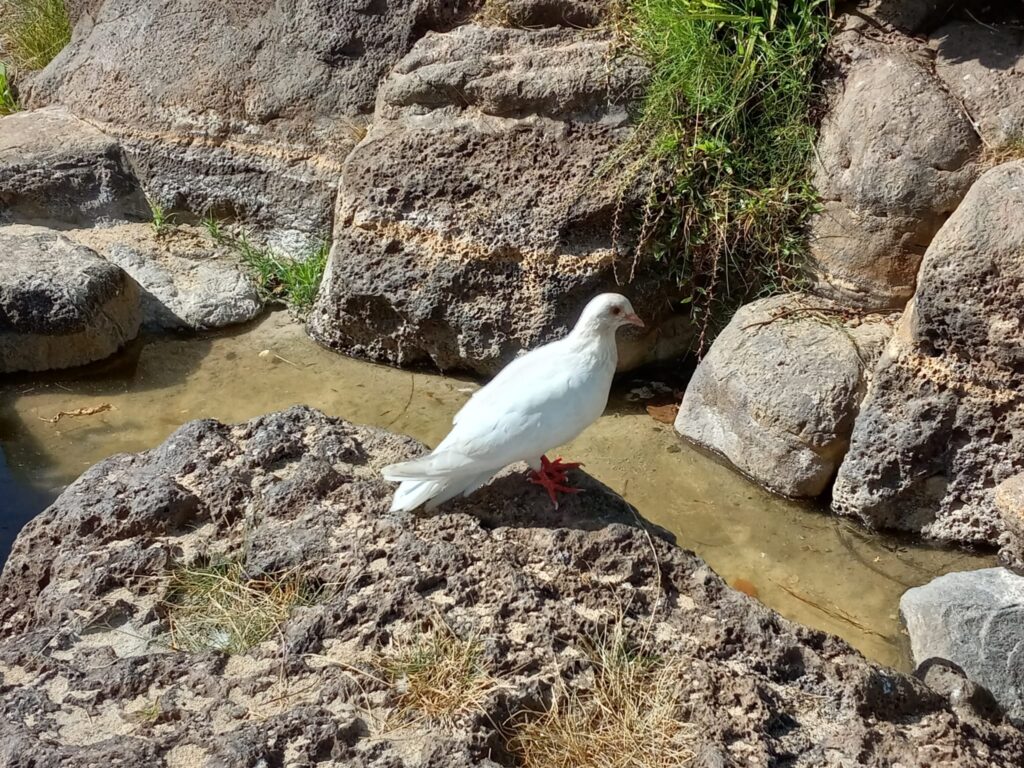
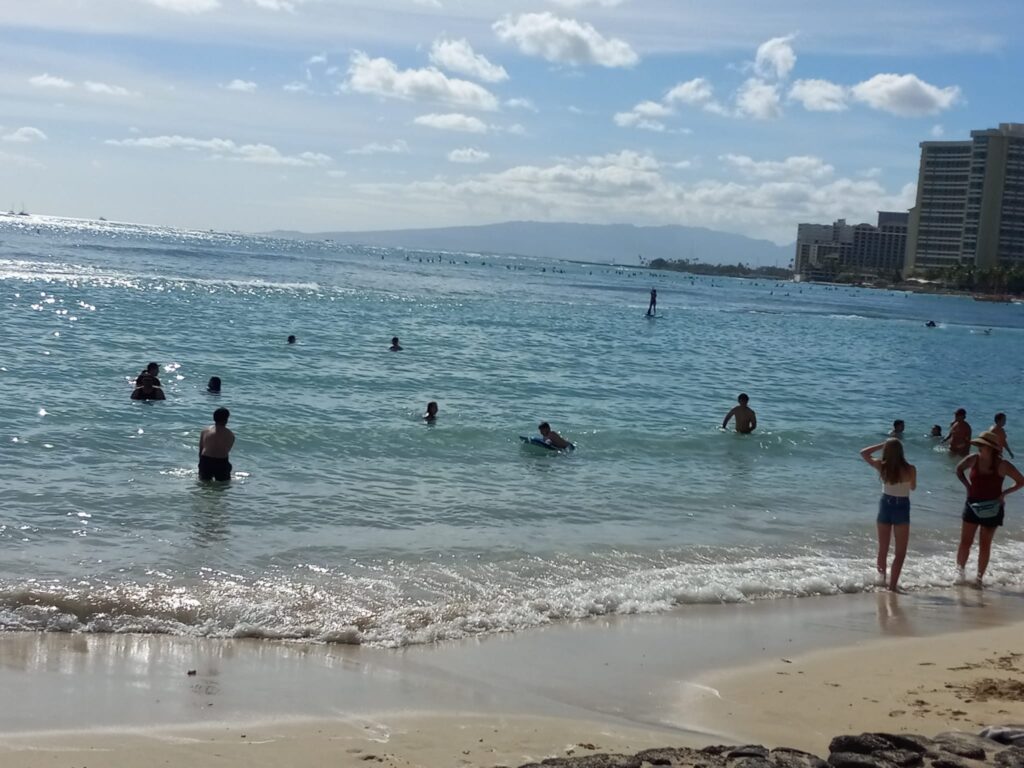
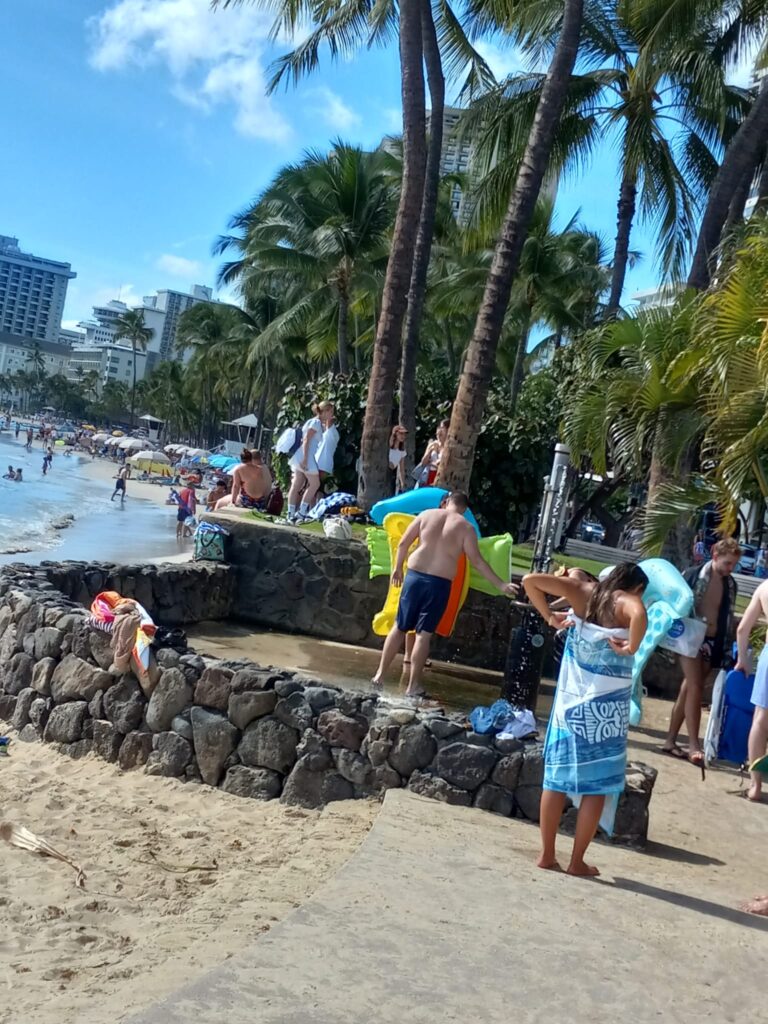
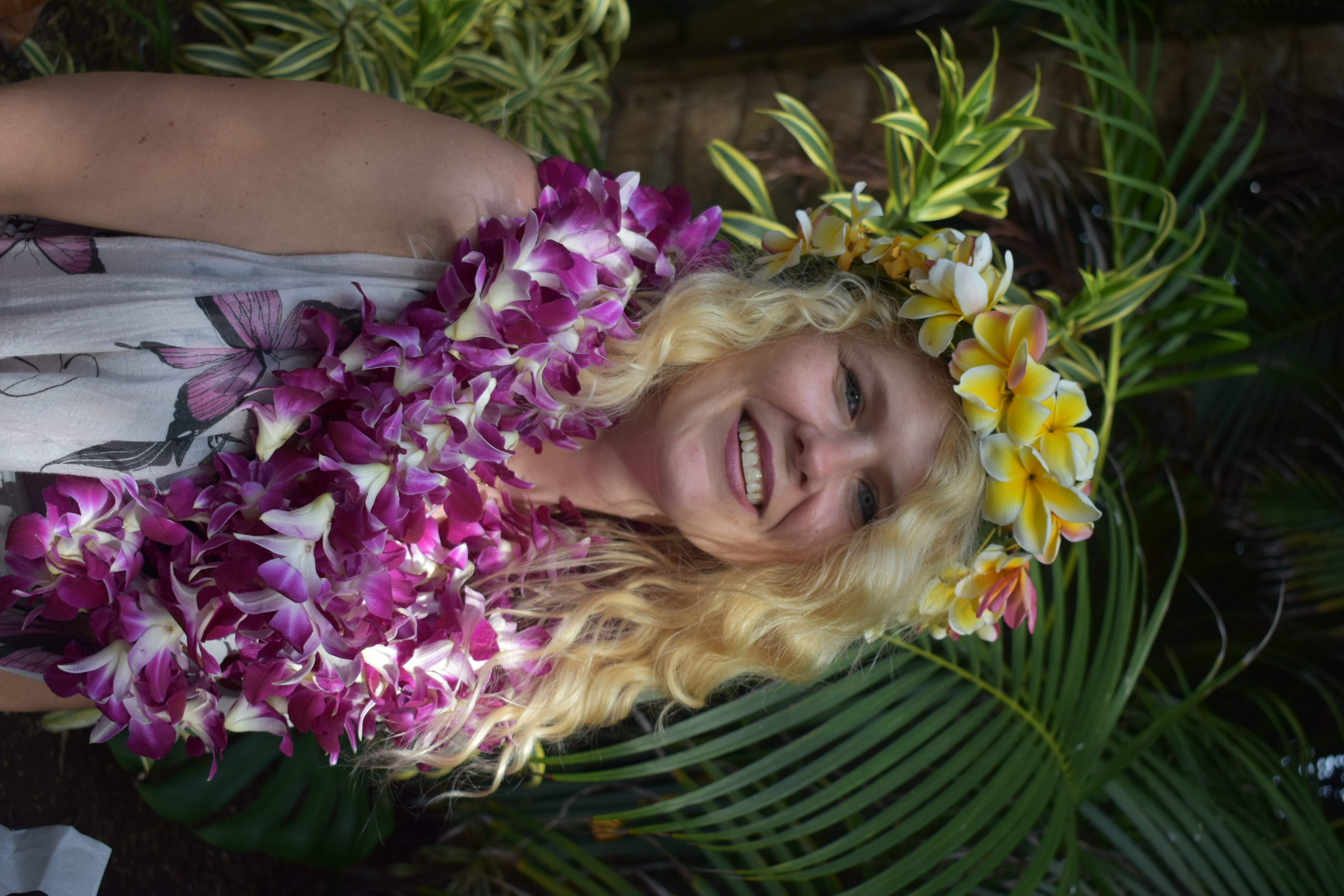

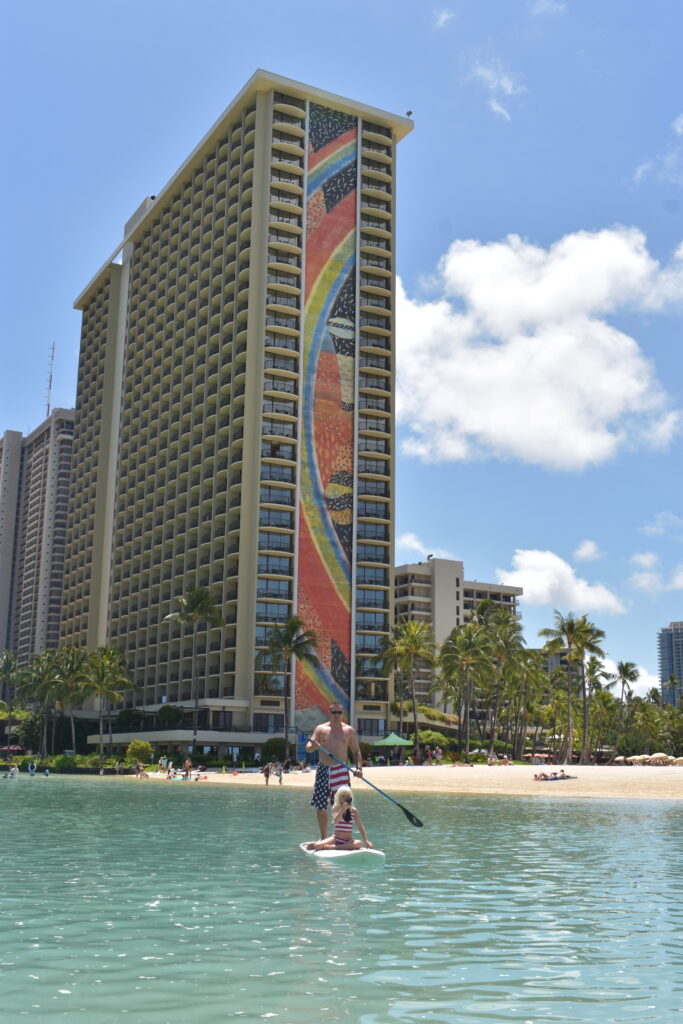
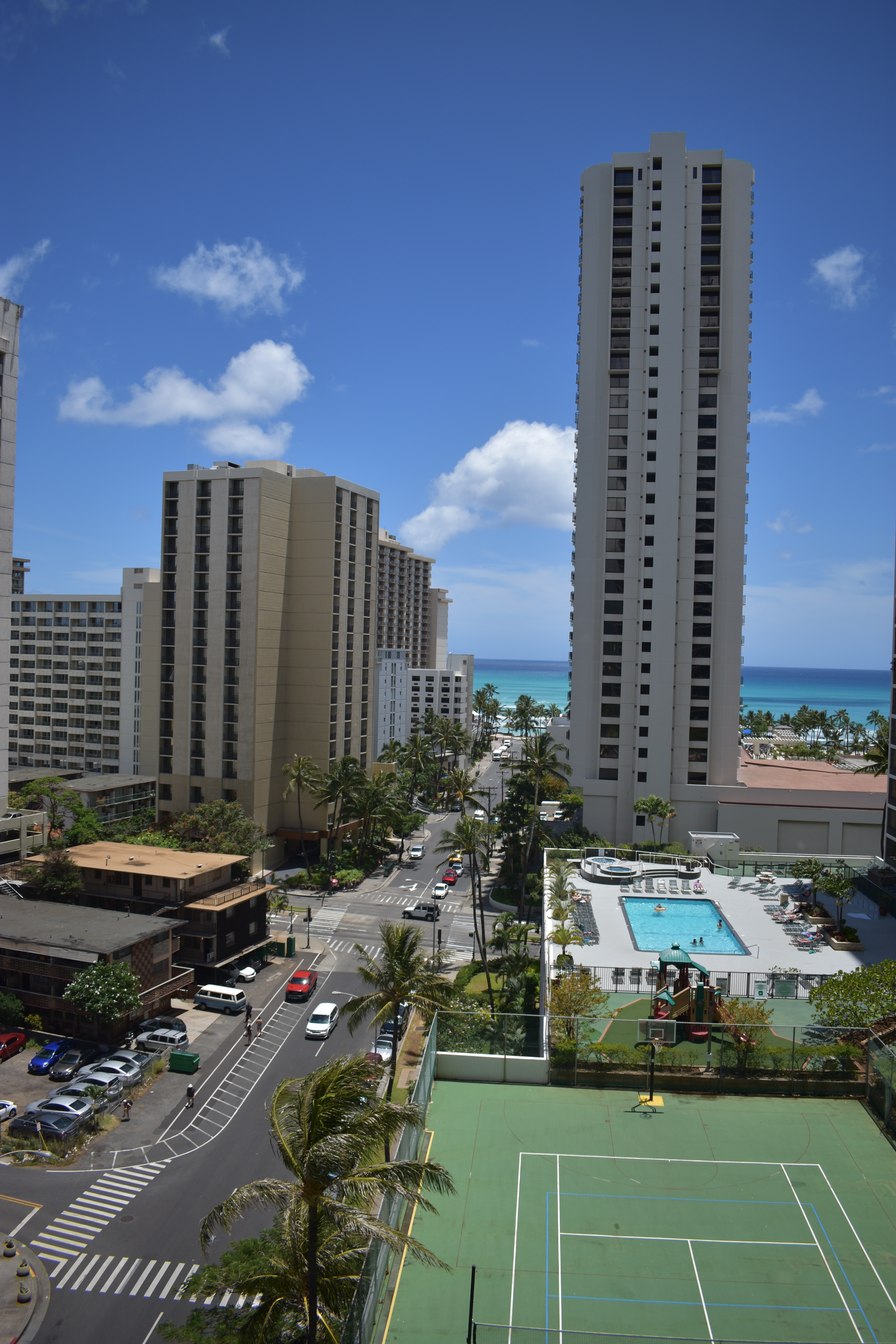

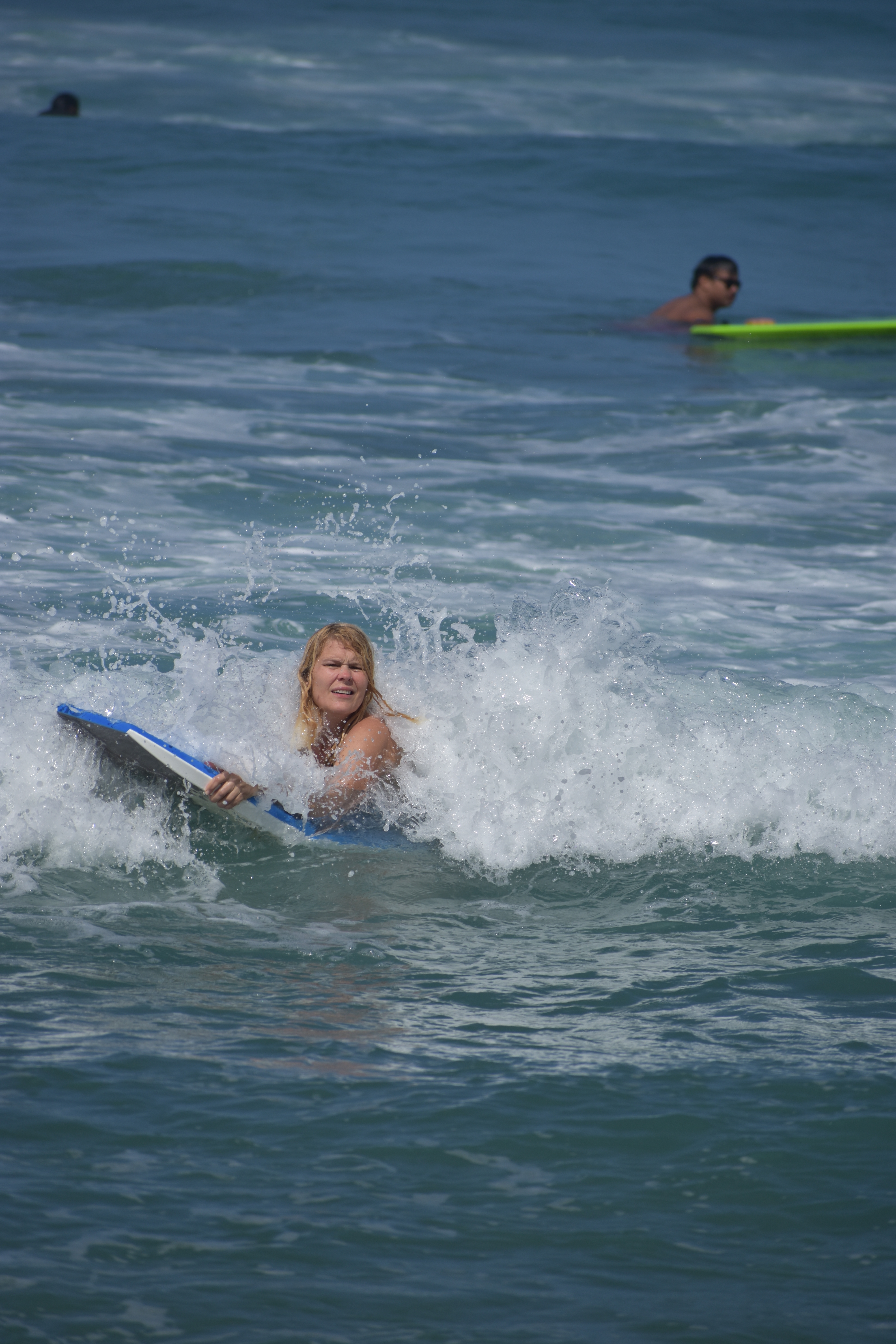
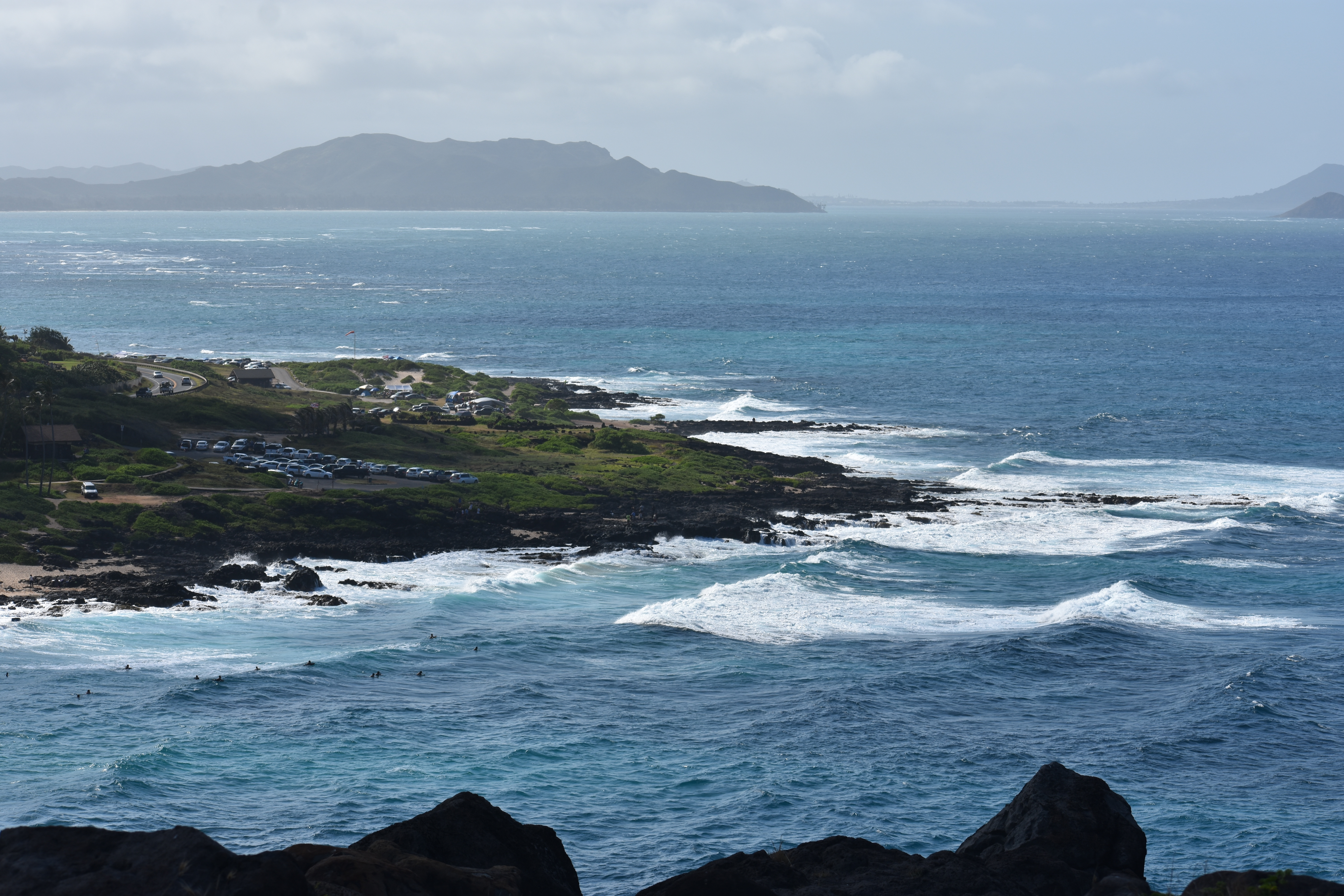

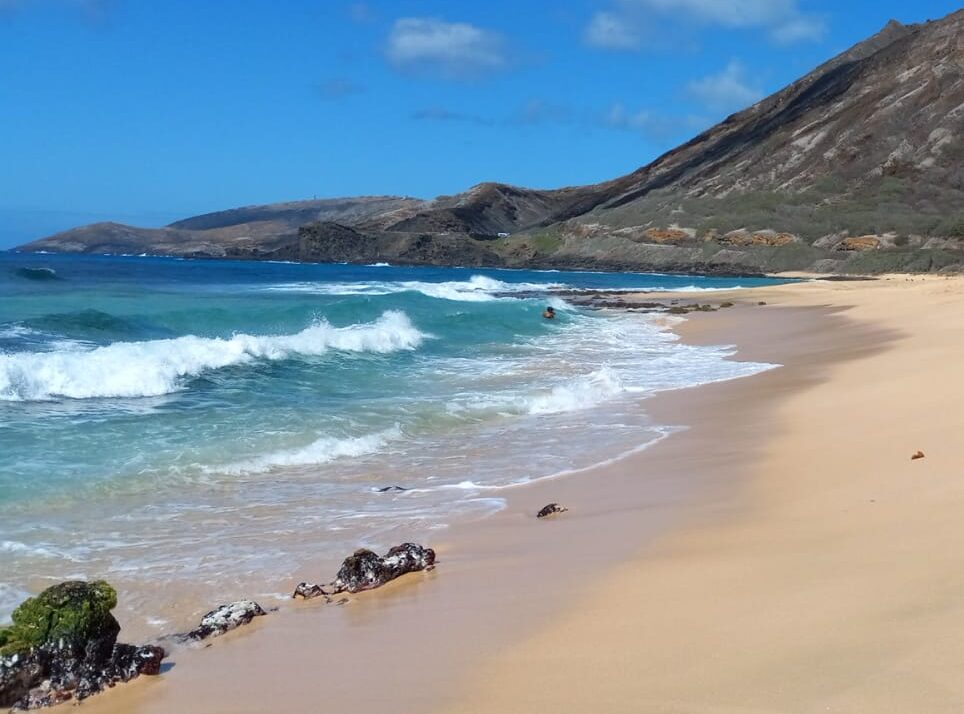
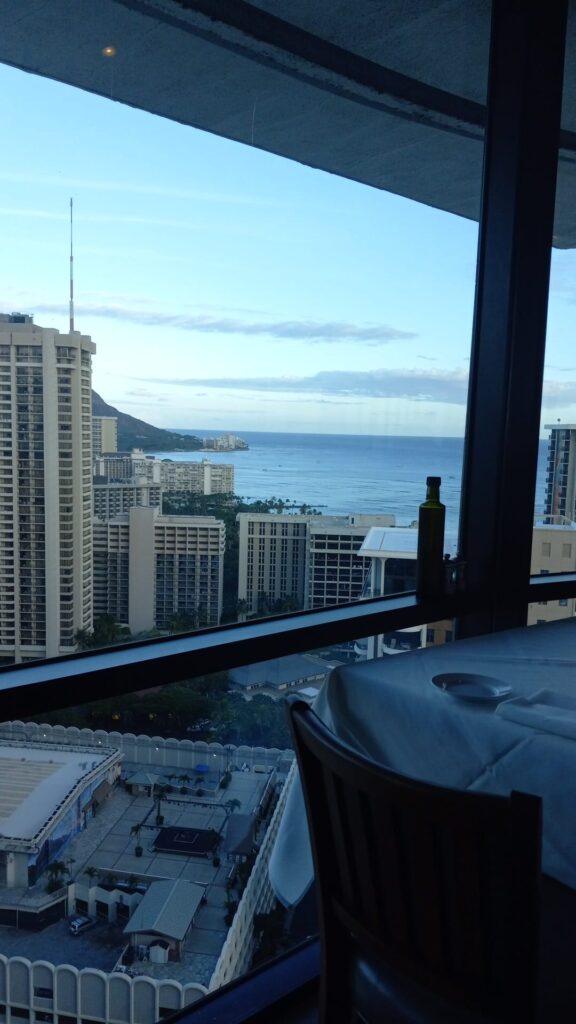
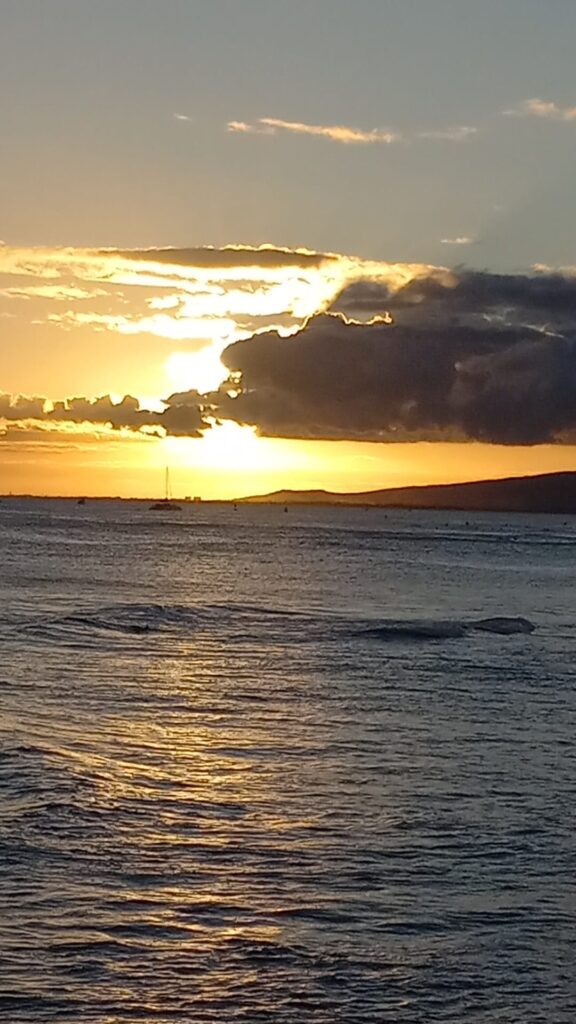
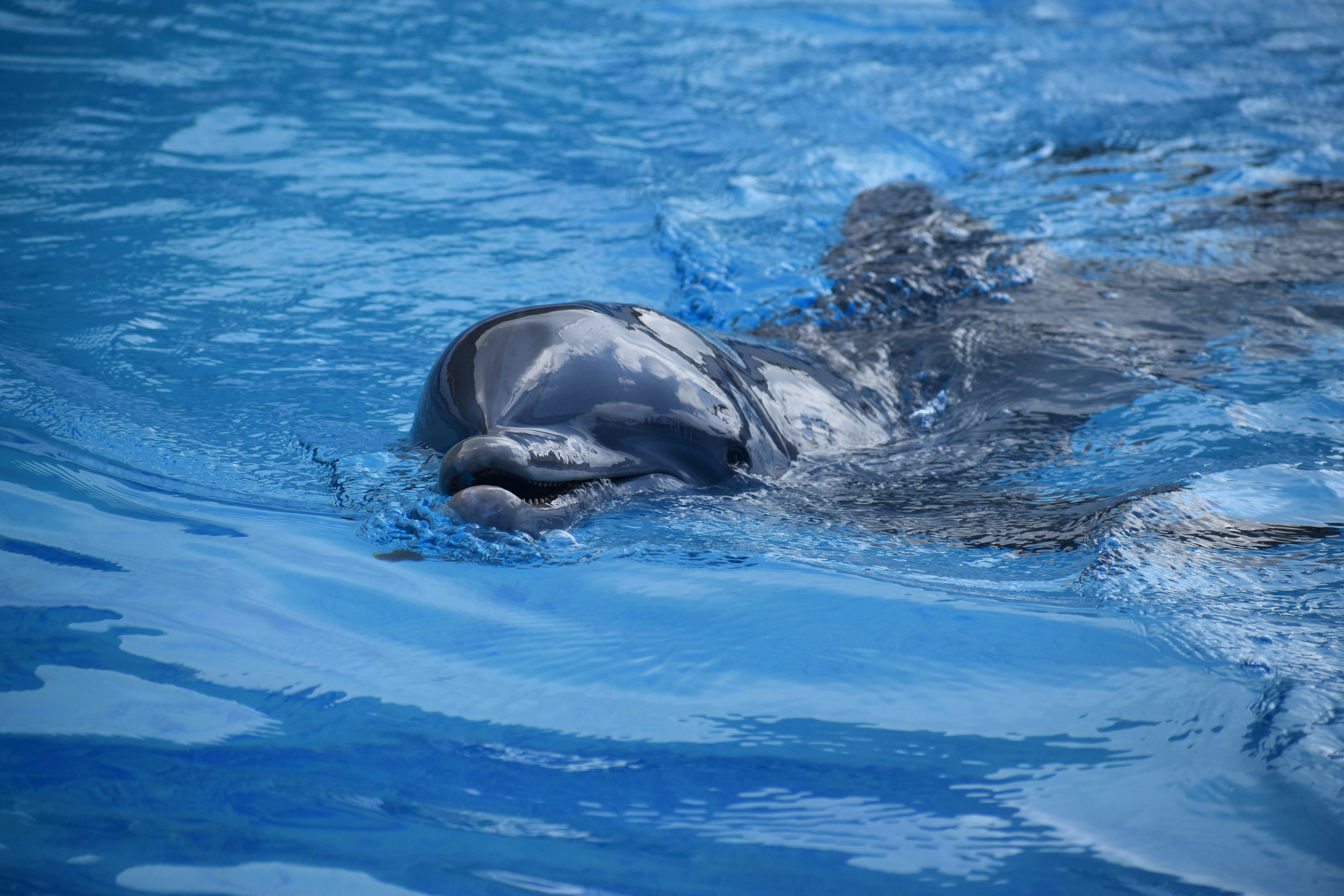
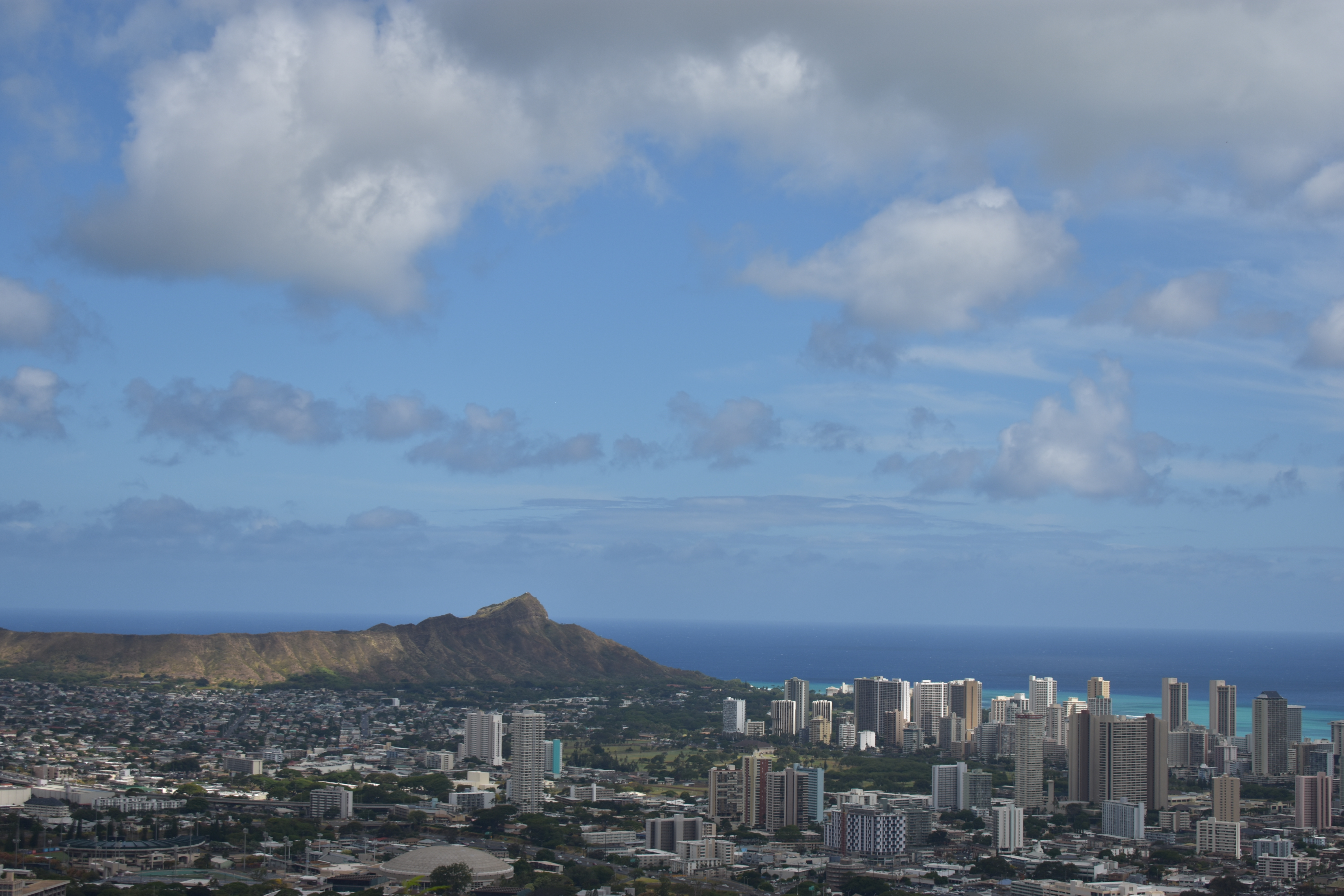
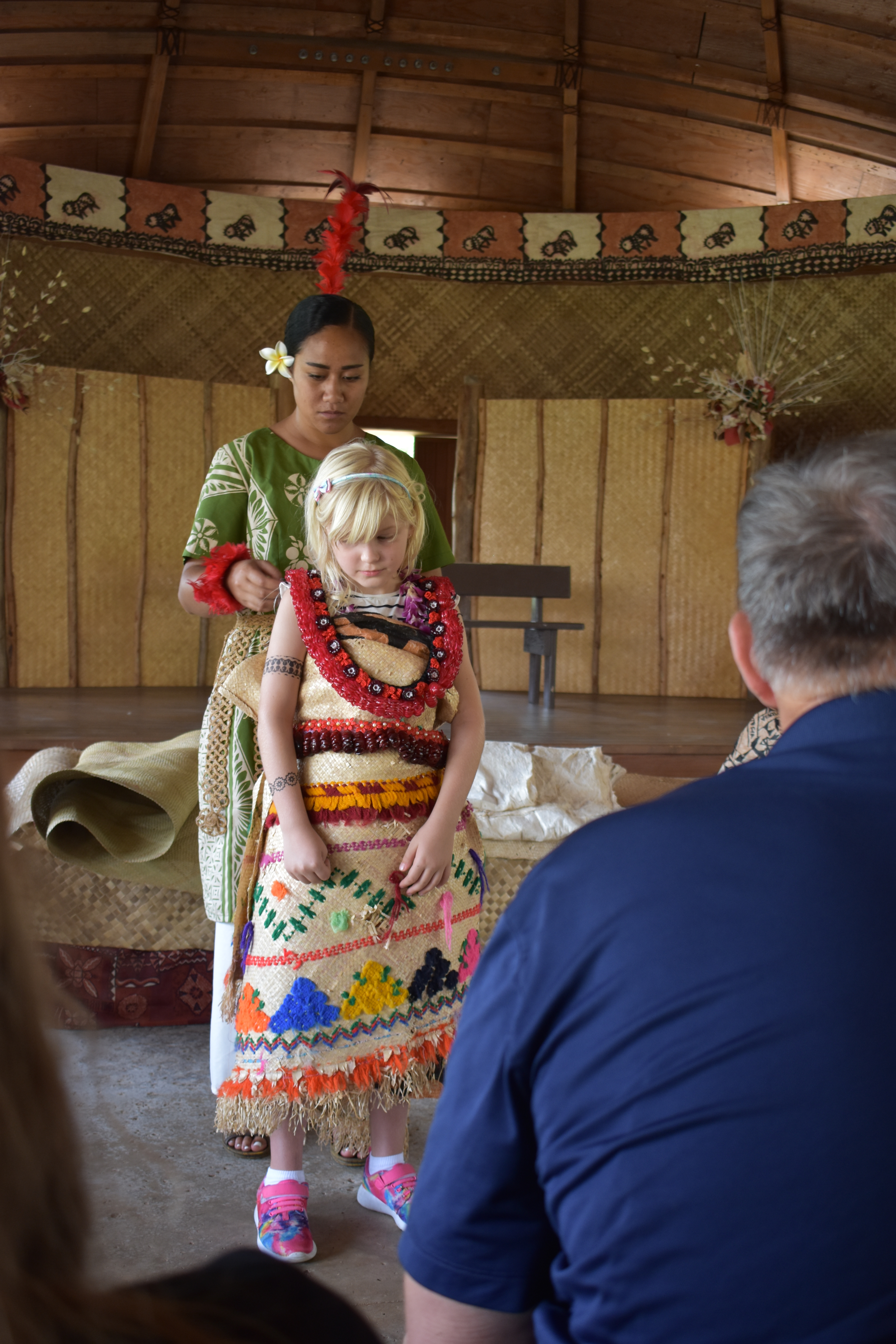
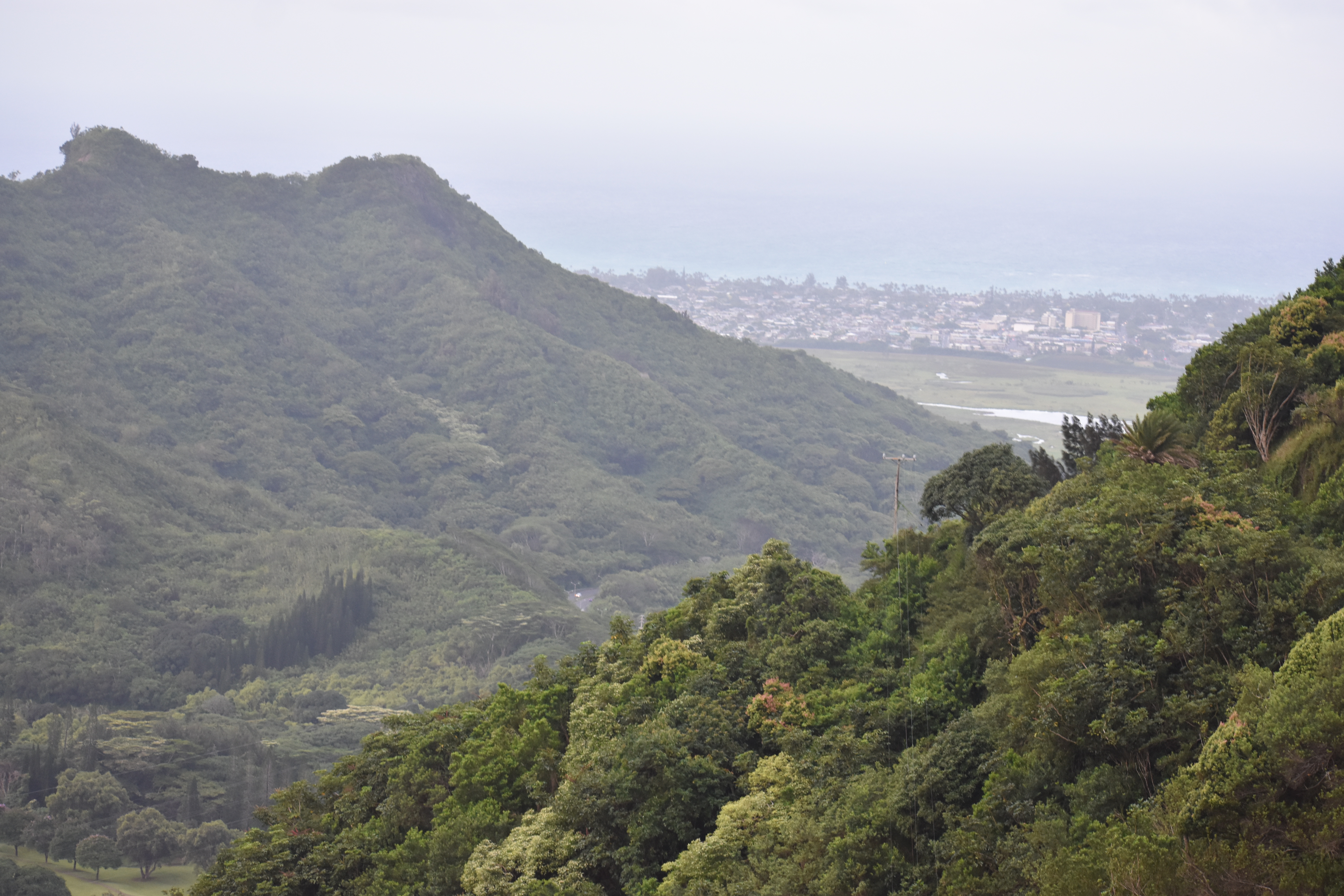
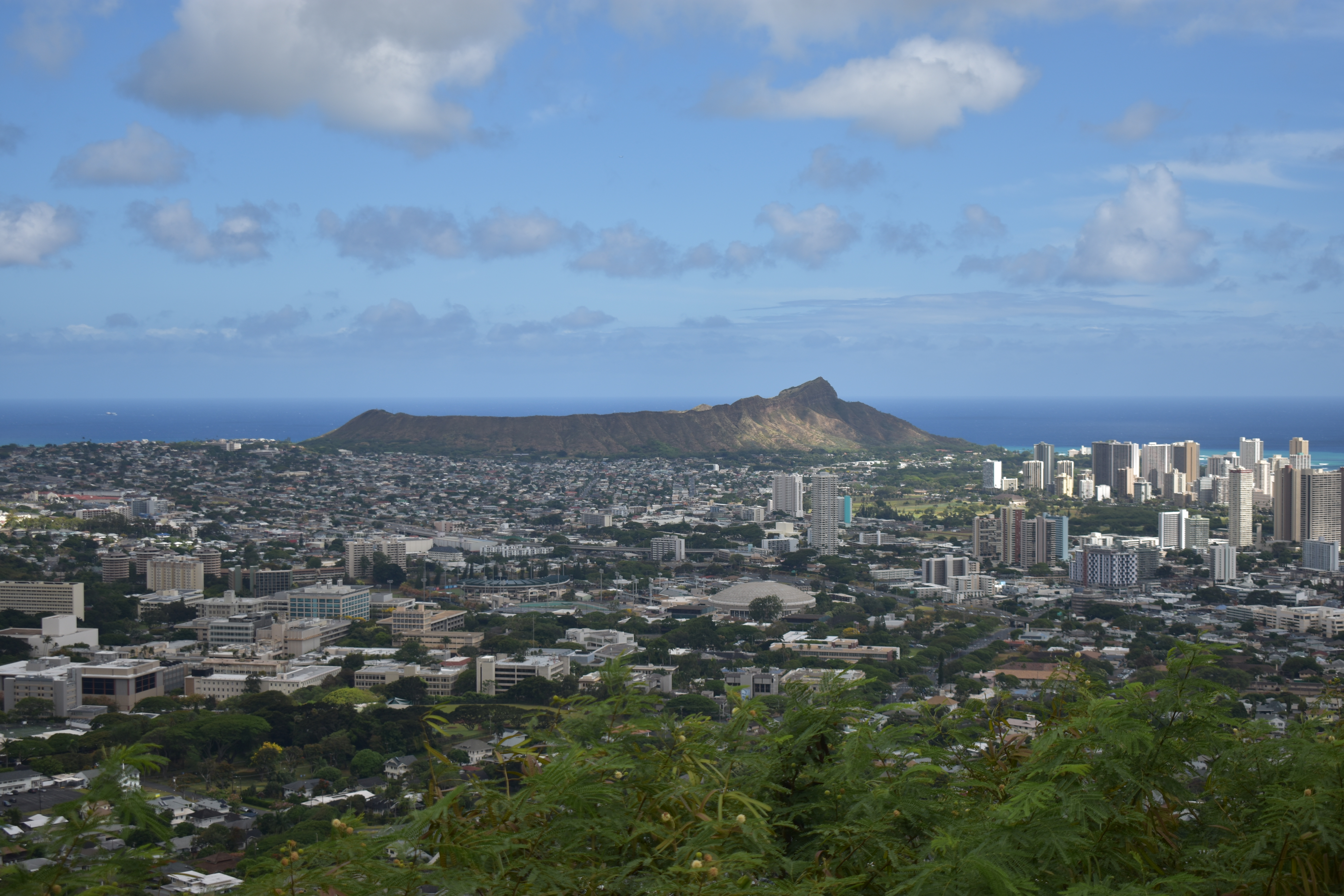
The history of Hawaii begins with the arrival of the Polynesian voyagers, who navigated vast stretches of open ocean using the stars, winds, and waves. These skilled navigators embarked on perilous journeys, guided by a profound understanding of the natural world. Around 1,500 years ago, they set foot on the Hawaiian archipelago, marking the start of a new chapter in the region’s history.
These early settlers brought with them not just their bodies but also their traditions, beliefs, and practices. They established a sustainable way of life deeply intertwined with the land and sea. The lush landscape provided them with food, shelter, and resources, shaping a harmonious coexistence between humans and nature.
Impact of Western Contact:
The 18th century saw a significant turning point in Hawaii’s history as European explorers began to make contact with the islands. The most notable of these encounters was Captain James Cook’s arrival in 1778. While these interactions introduced Hawaii to the outside world, they also brought diseases that decimated the native population. Additionally, European powers sought to establish control over Hawaii, leading to political upheaval and power struggles among local factions.
The 19th century witnessed a convergence of cultures as missionaries, traders, and whalers arrived on Hawaiian shores. The introduction of Western technology, including firearms and diseases, further transformed the islands’ social and political dynamics. It wasn’t long before foreign influence began to reshape traditional Hawaiian practices and lifestyle.
The Kingdom and Annexation:
In 1810, King Kamehameha united the Hawaiian islands under a single monarchy, creating the Kingdom of Hawaii. The monarchy navigated through diplomatic complexities with Western powers to maintain its sovereignty. However, by the late 19th century, political turmoil and foreign pressures culminated in the overthrow of the Hawaiian monarchy in 1893, orchestrated largely by American settlers and businessmen.
Following the overthrow, Hawaii was annexed by the United States in 1898, becoming a U.S. territory. This marked a pivotal moment in Hawaii’s history, as it became a melting pot of cultures, with influxes of Asian, European, and American influences shaping its society, economy, and identity.
A State of Cultural Fusion:
Hawaii’s path to statehood was not without its challenges, including World War II’s impact on the islands. The attack on Pearl Harbor in 1941 thrust Hawaii into the global stage, and its strategic location played a vital role in the war effort. The war also brought increased military presence and infrastructure development to the islands.
In 1959, Hawaii officially became the 50th state of the United States, solidifying its place within the American union. While statehood brought economic growth and modernization, it also presented the challenge of preserving traditional Hawaiian culture amidst rapid change.
Cultural Renaissance and Contemporary Identity:
In recent decades, there has been a cultural renaissance in Hawaii, with efforts to revive and preserve indigenous traditions, language, and practices. Native Hawaiians have sought to reclaim their heritage and strengthen their cultural identity, leading to a resurgence of hula, traditional navigation, language revitalization, and sustainable land management.
The history of Hawaii has also been marked by its global appeal as a tourist destination, attracting visitors from around the world. The islands’ natural beauty, tropical climate, and rich cultural experiences make it a unique melting pot of cultures, traditions, and languages.
Present Day:
In the present day, Hawaii stands as a testament to the delicate balance between tradition and progress. Its unique blend of cultures and history is showcased through its diverse cuisine, festivals, and art forms. The islands continue to attract people from all walks of life, drawn to its beauty, spirit, and the sense of ‘ohana’—family—that permeates the local culture.
The challenges of modernity are not lost on Hawaii. Environmental concerns, tourism’s impact, and preserving cultural authenticity remain ongoing priorities. Local communities work hand in hand with governments and organizations to implement sustainable practices, ensuring that the natural beauty and unique heritage of the islands are preserved for future generations.
As I contemplate the history of Hawaii, I am reminded that its allure extends beyond its stunning landscapes and warm waters. It’s a story of humanity’s interconnectedness, of the ways cultures intertwine and evolve, and of the indomitable spirit that defines both the islands and the people who call them home. Hawaii’s history is a mirror reflecting the complexities of our own shared history—a reminder that each culture’s journey is a thread woven into the intricate fabric of our collective human experience. And as Hawaii continues to shape its story in the present day, it reminds us that history is not confined to the past; it’s a living narrative that we all contribute to, with every step we take.
Protecting Hawaii is of paramount importance due to its unique and fragile ecosystem, rich cultural heritage, and significance on a global scale. The islands harbor an exceptional array of endemic species that are found nowhere else, making their conservation crucial for preserving biodiversity. Moreover, Hawaii’s indigenous culture holds centuries of wisdom and practices that deserve safeguarding, contributing to the tapestry of human heritage. As a microcosm of environmental challenges, such as climate change and ocean degradation, Hawaii serves as a living lesson on the need for responsible stewardship. By ensuring the protection of Hawaii, we not only honor its history and inhabitants but also commit to safeguarding a symbol of ecological and cultural diversity for generations to come.
